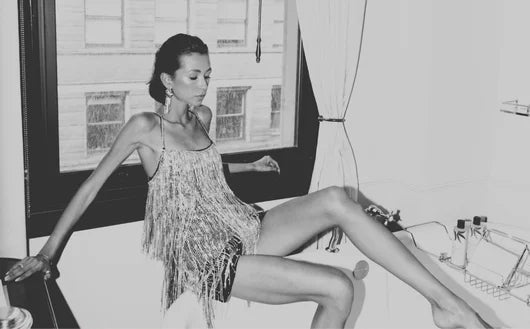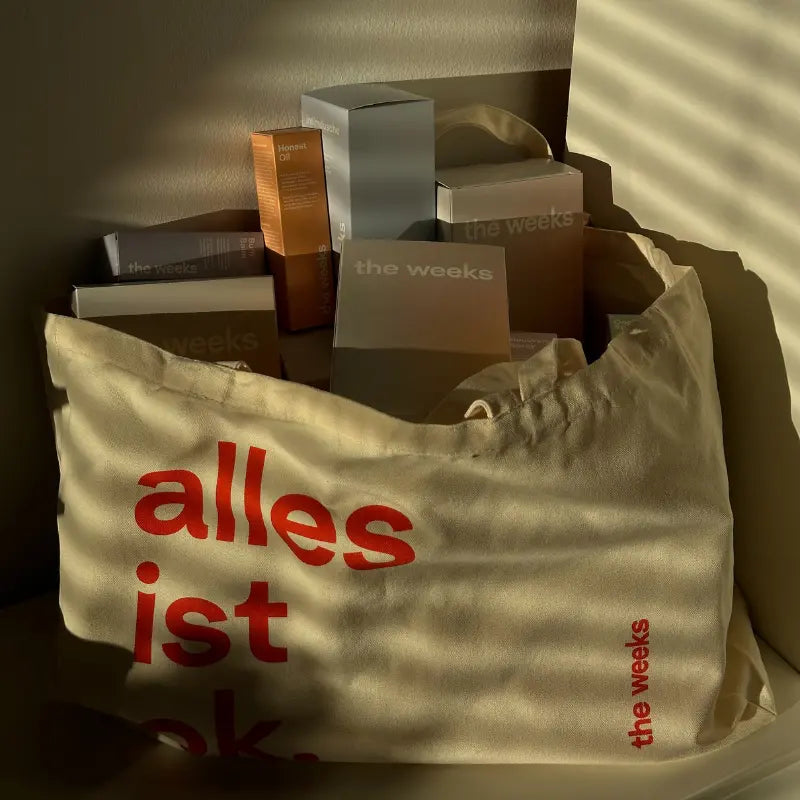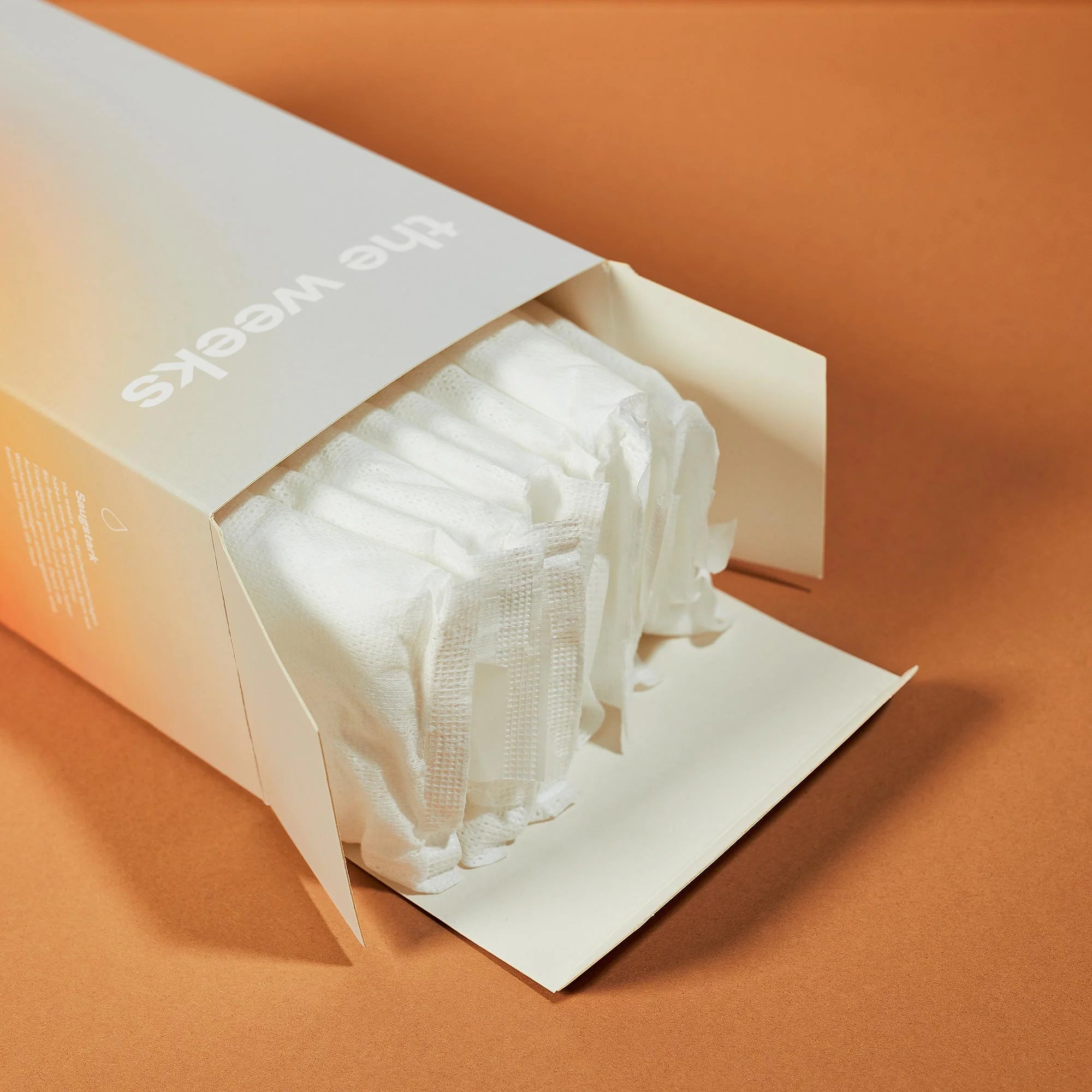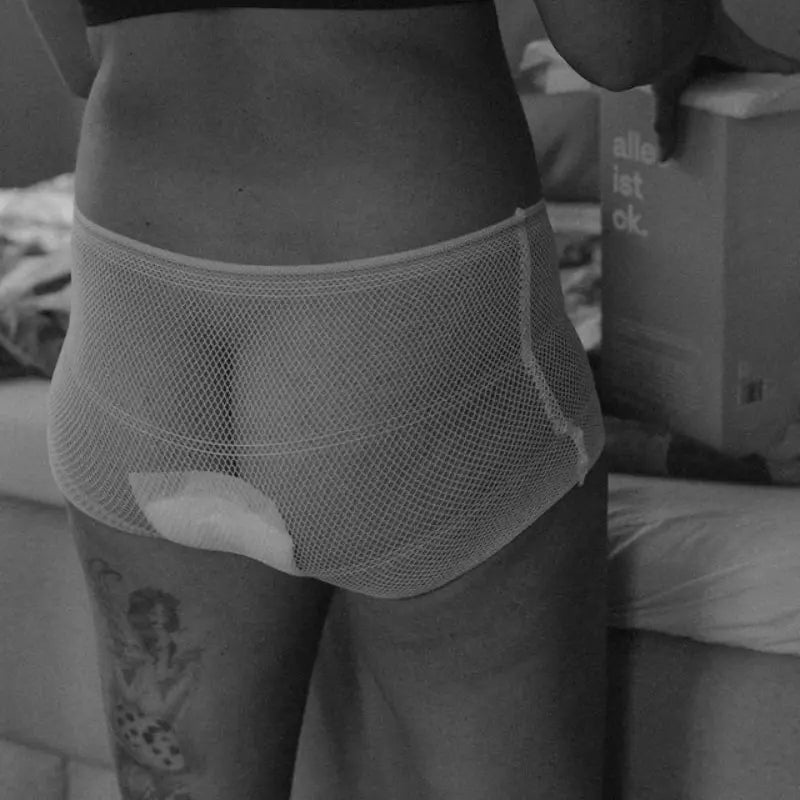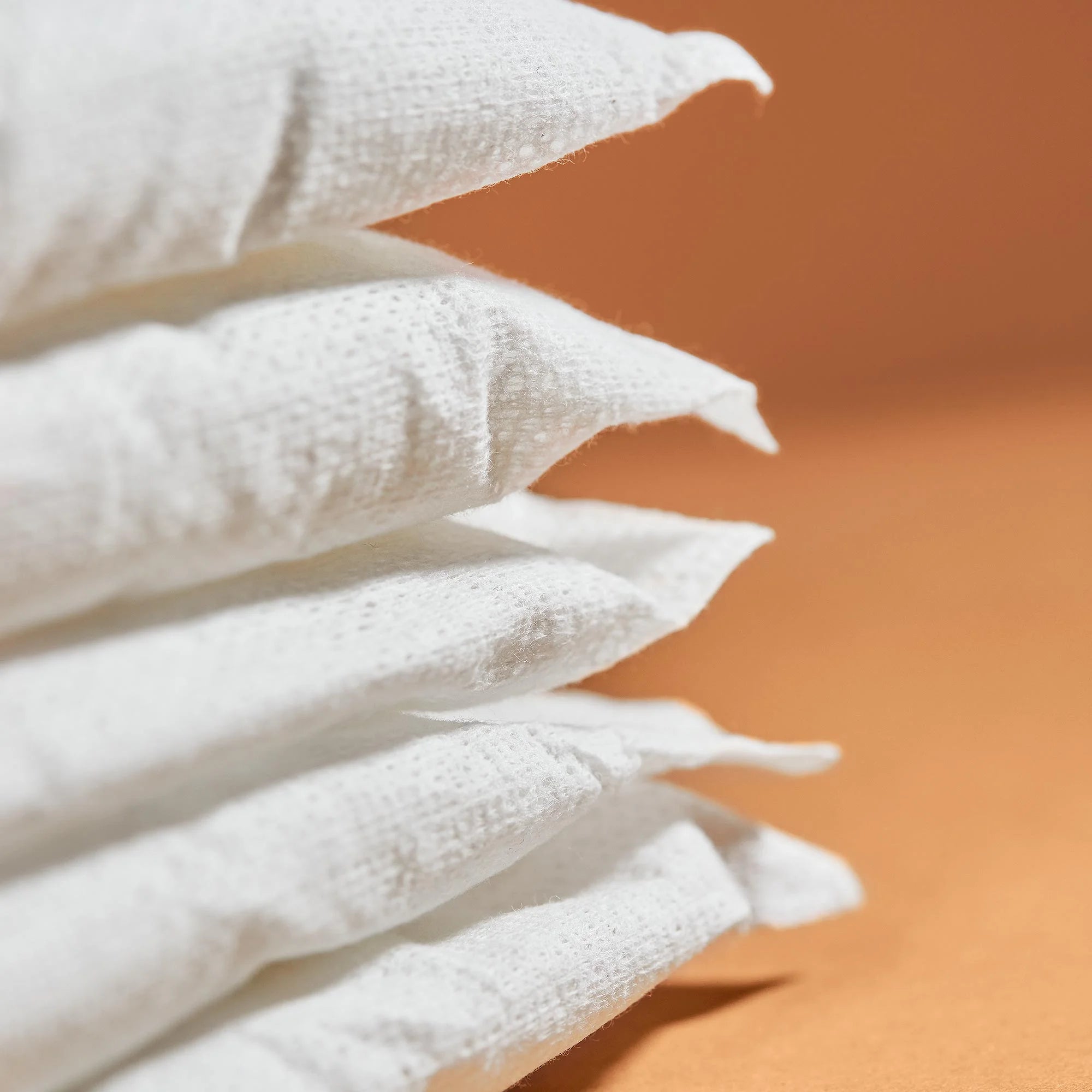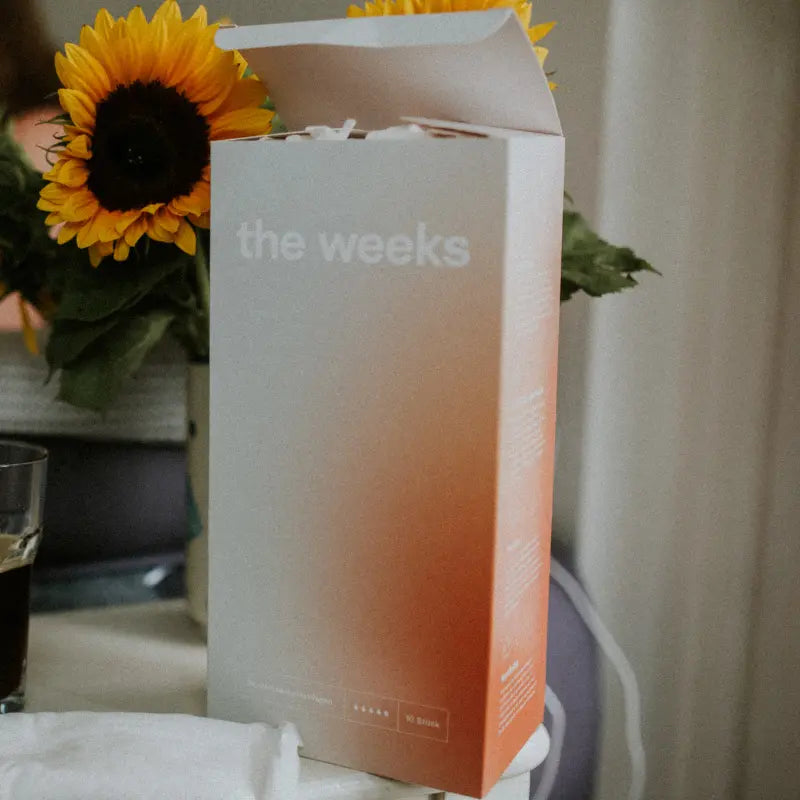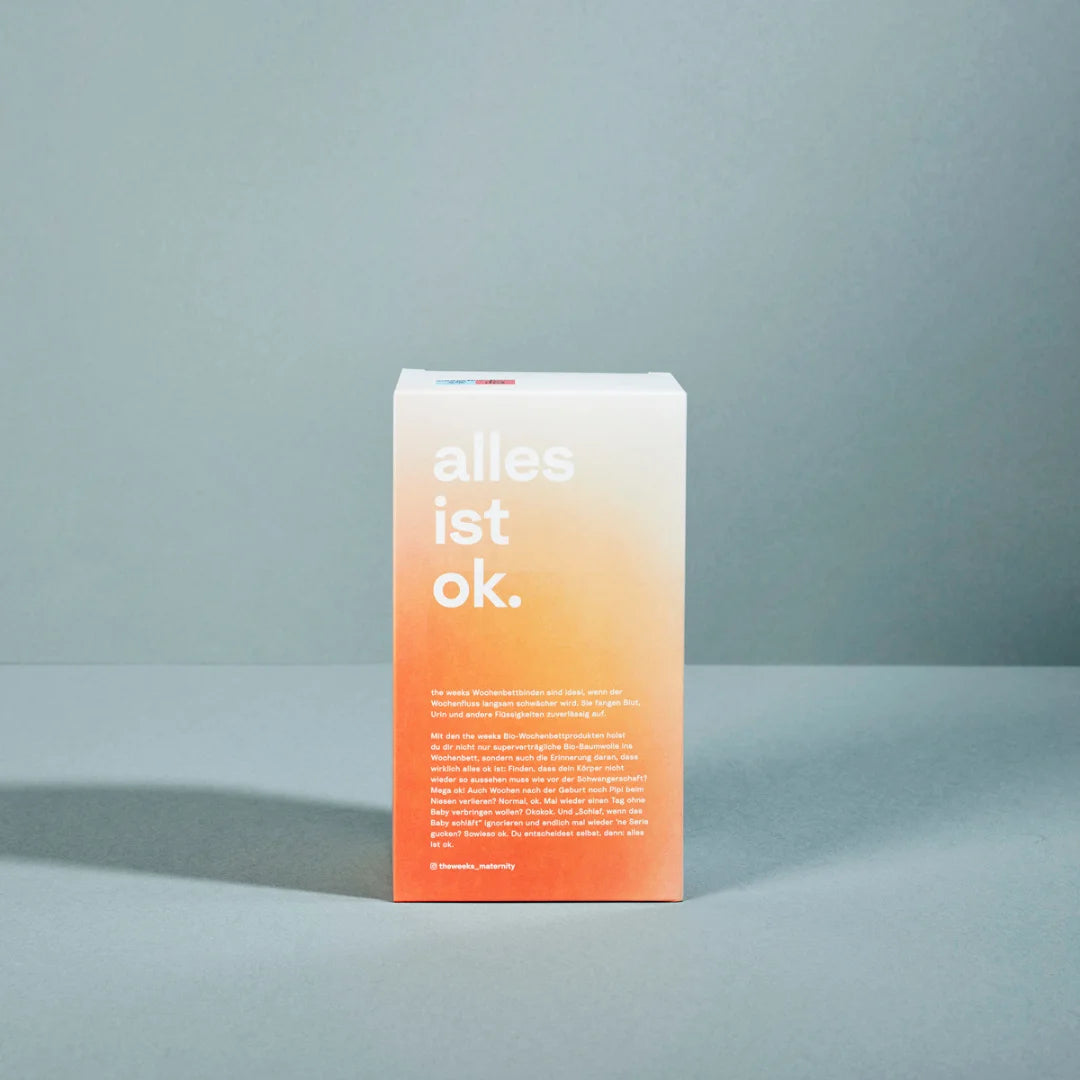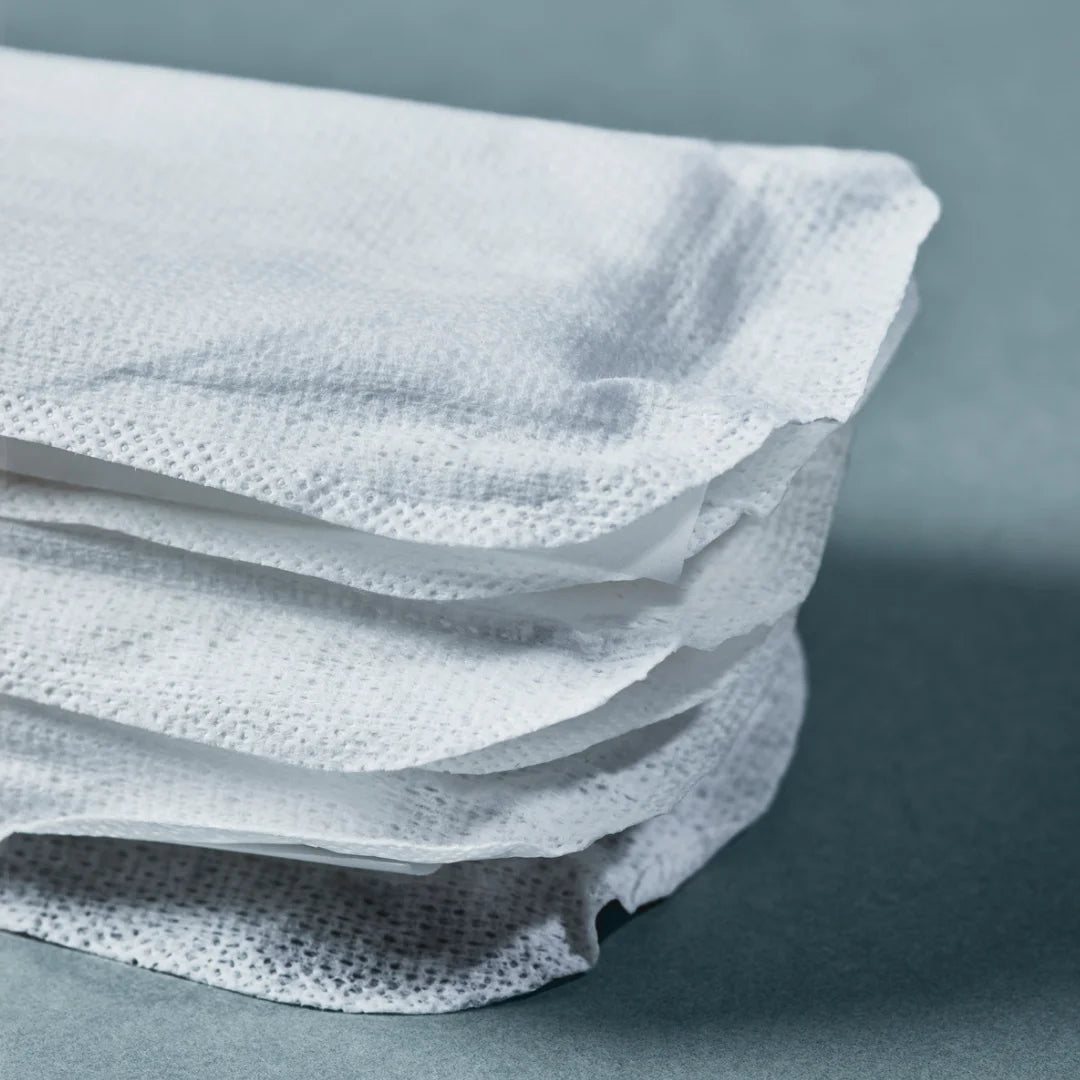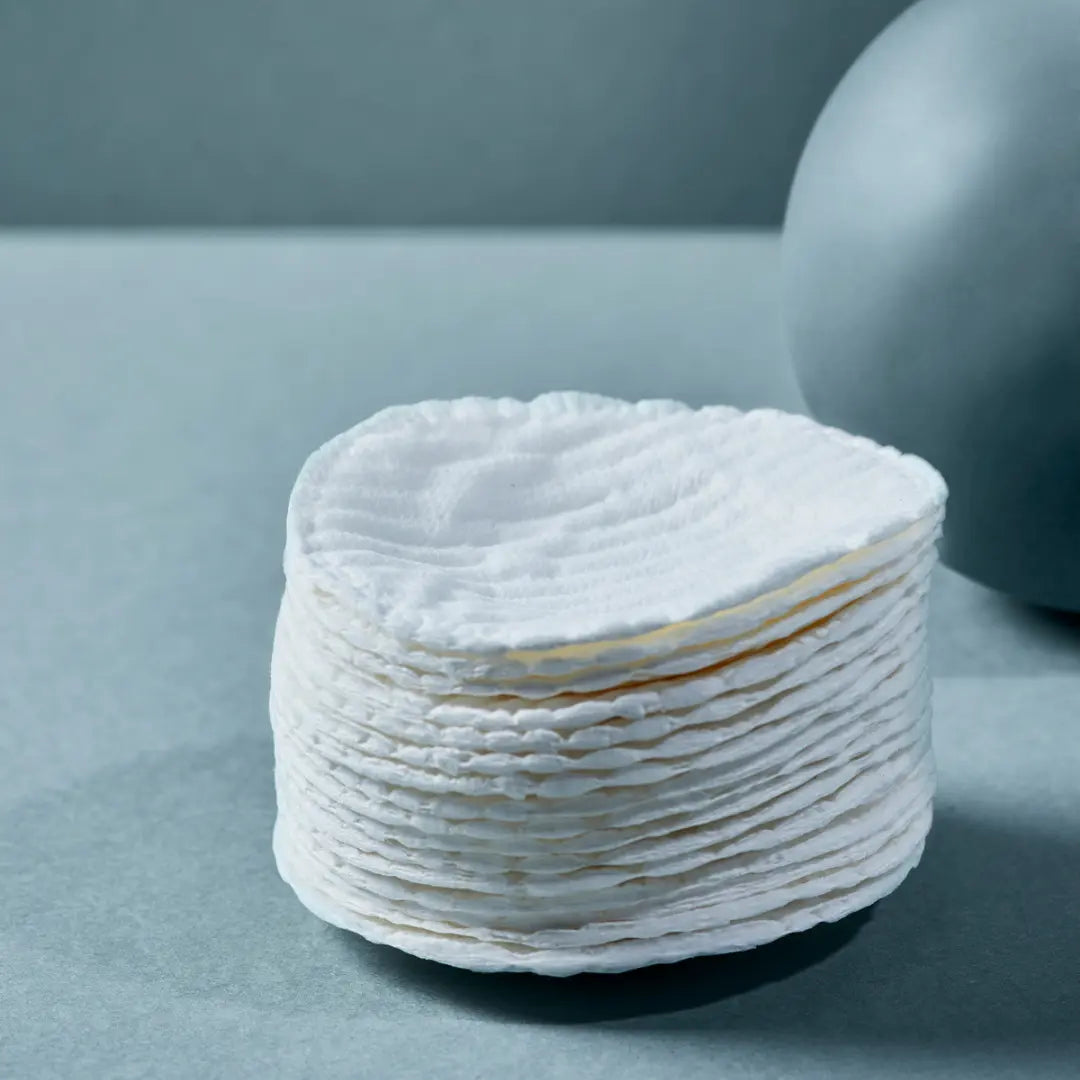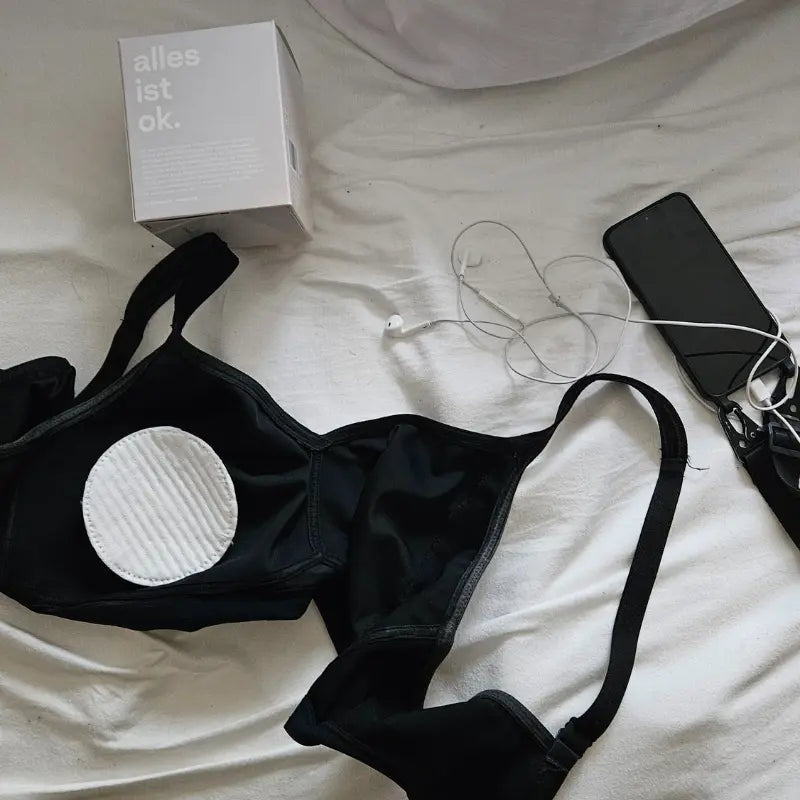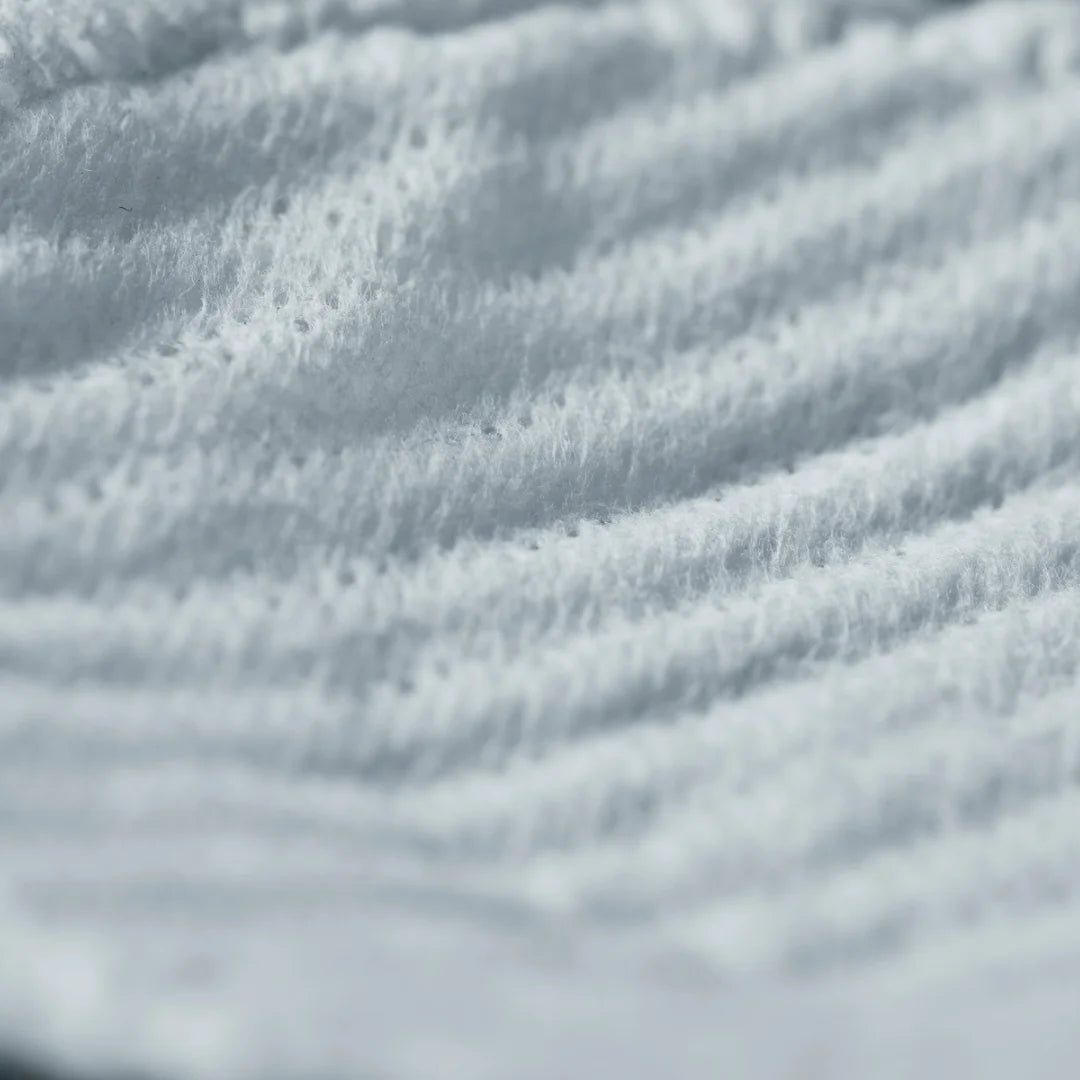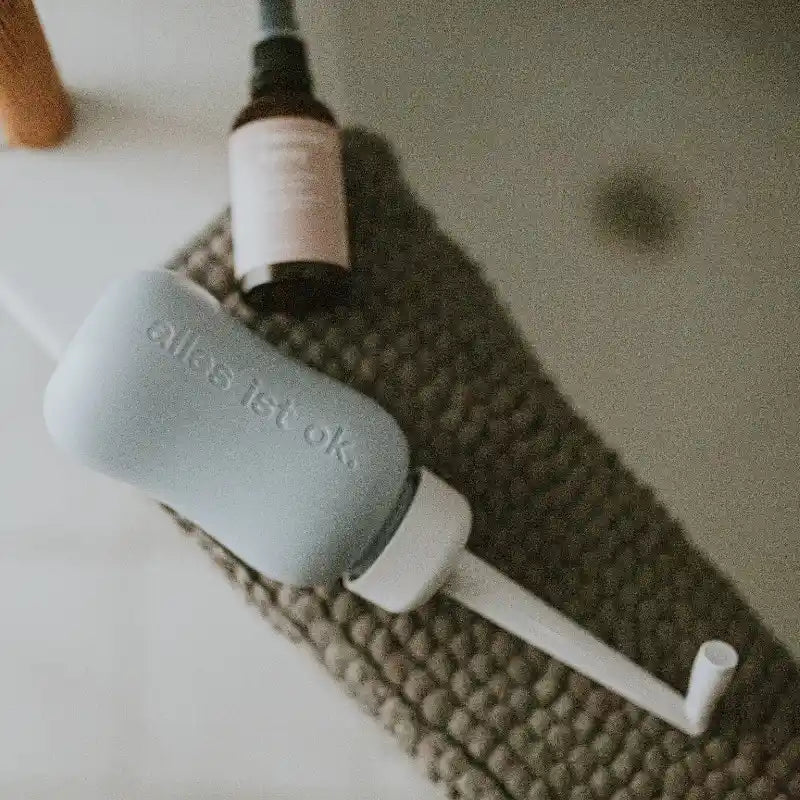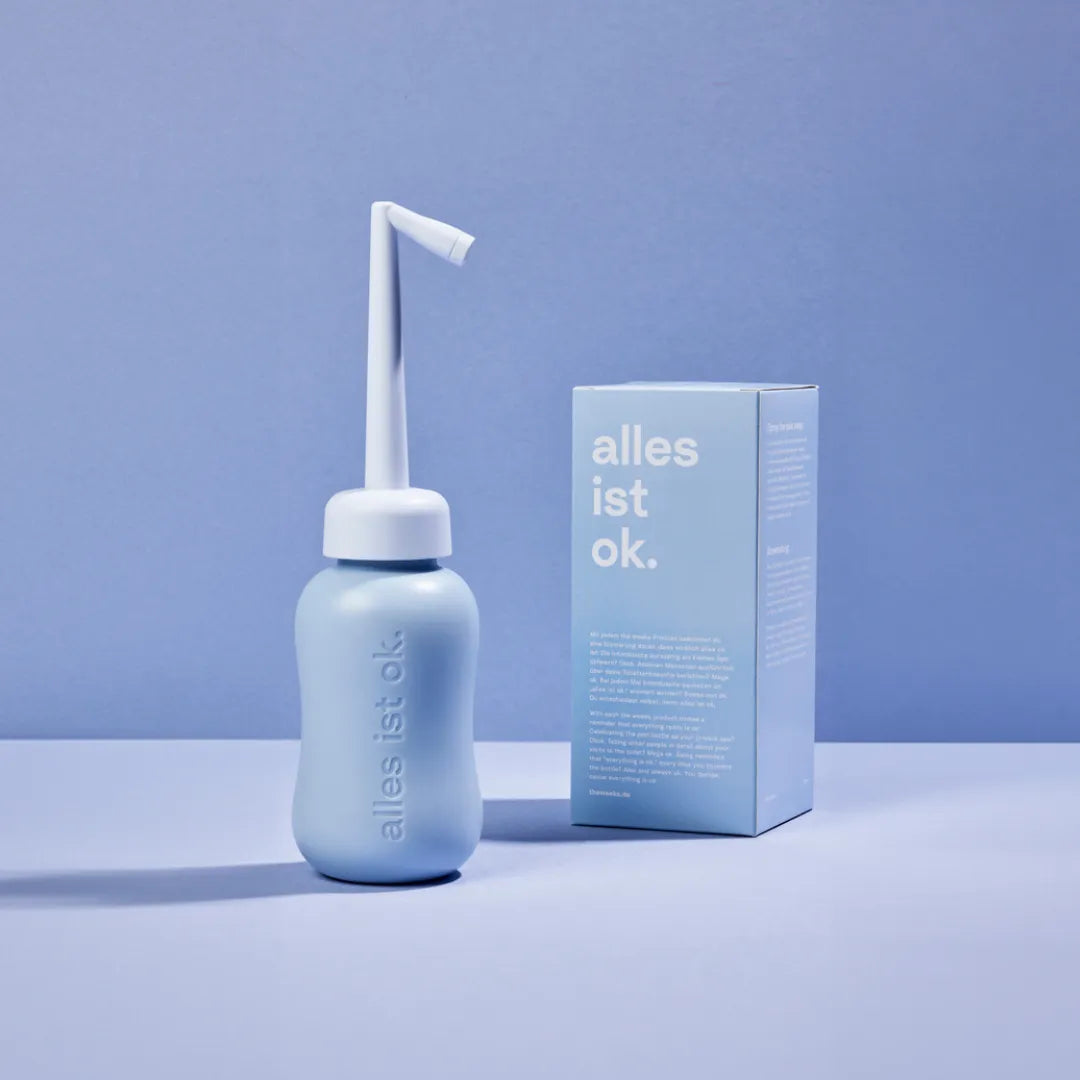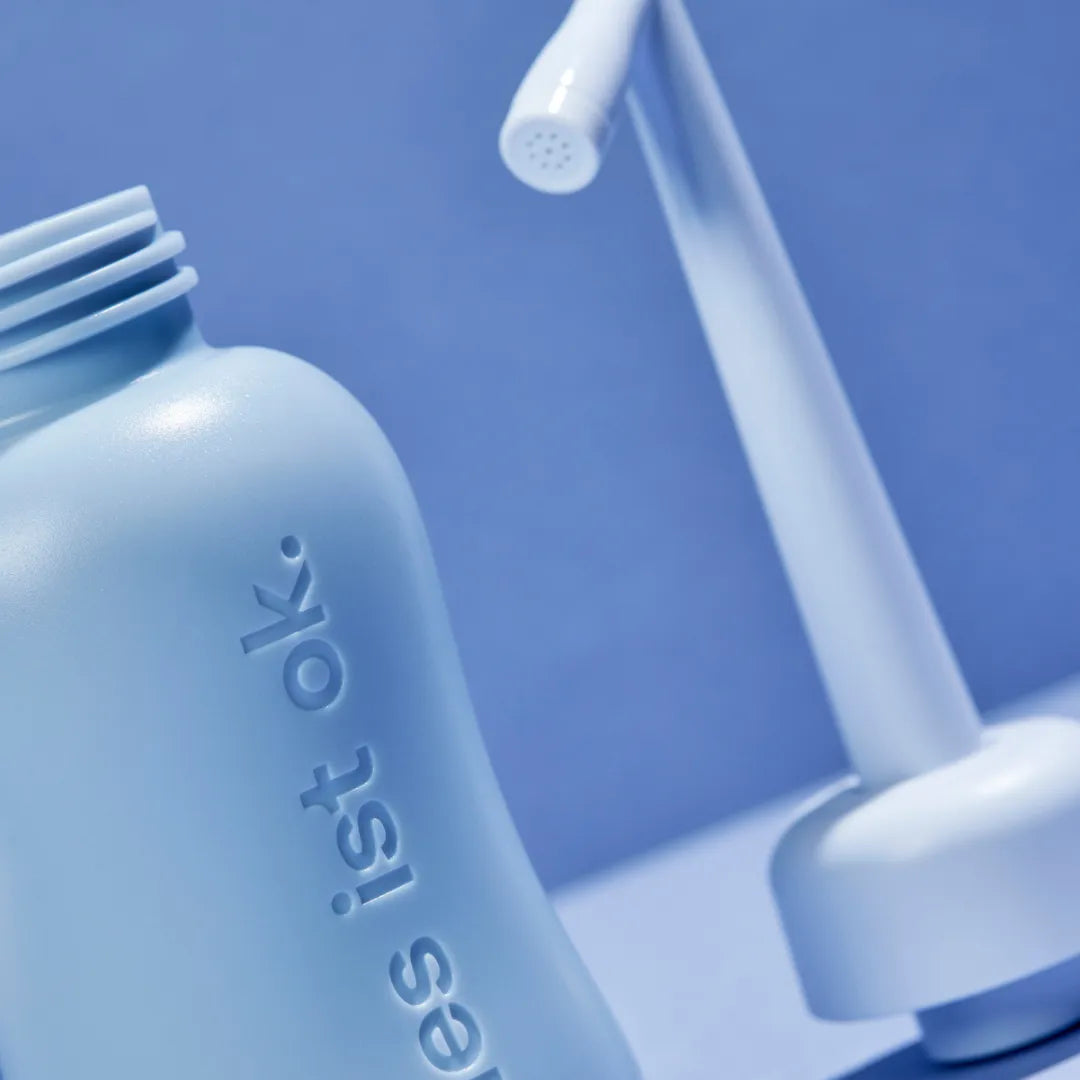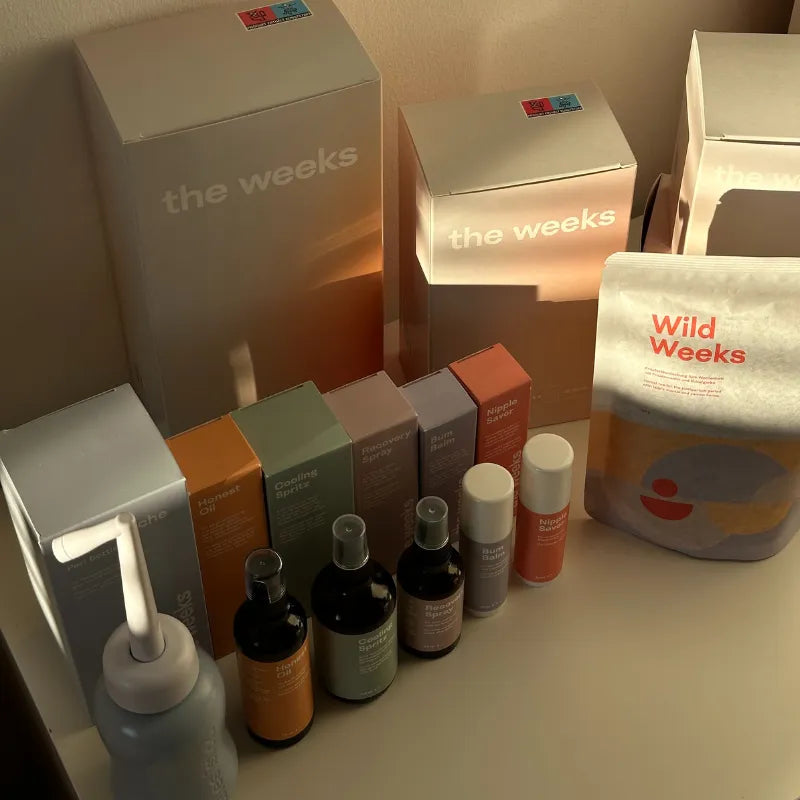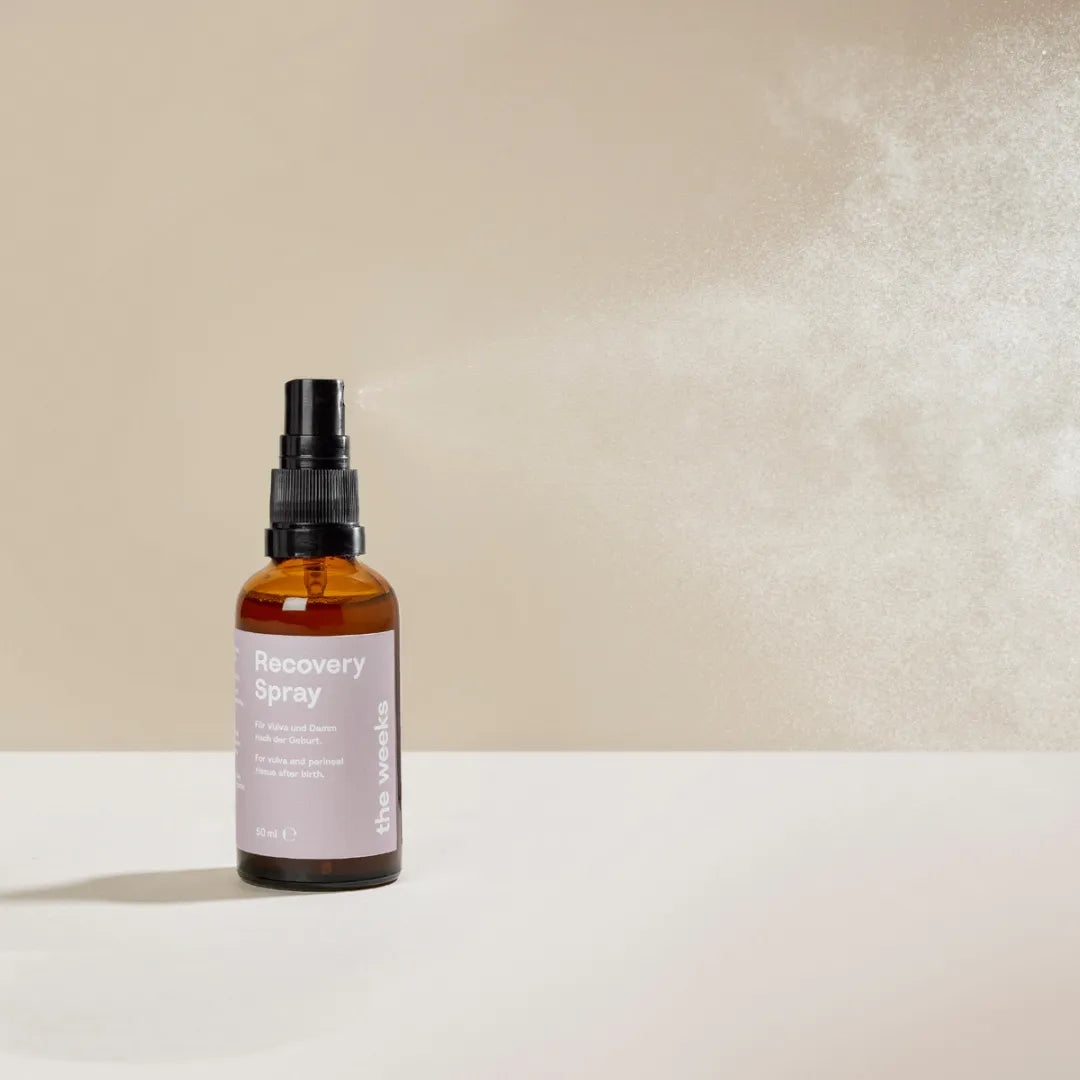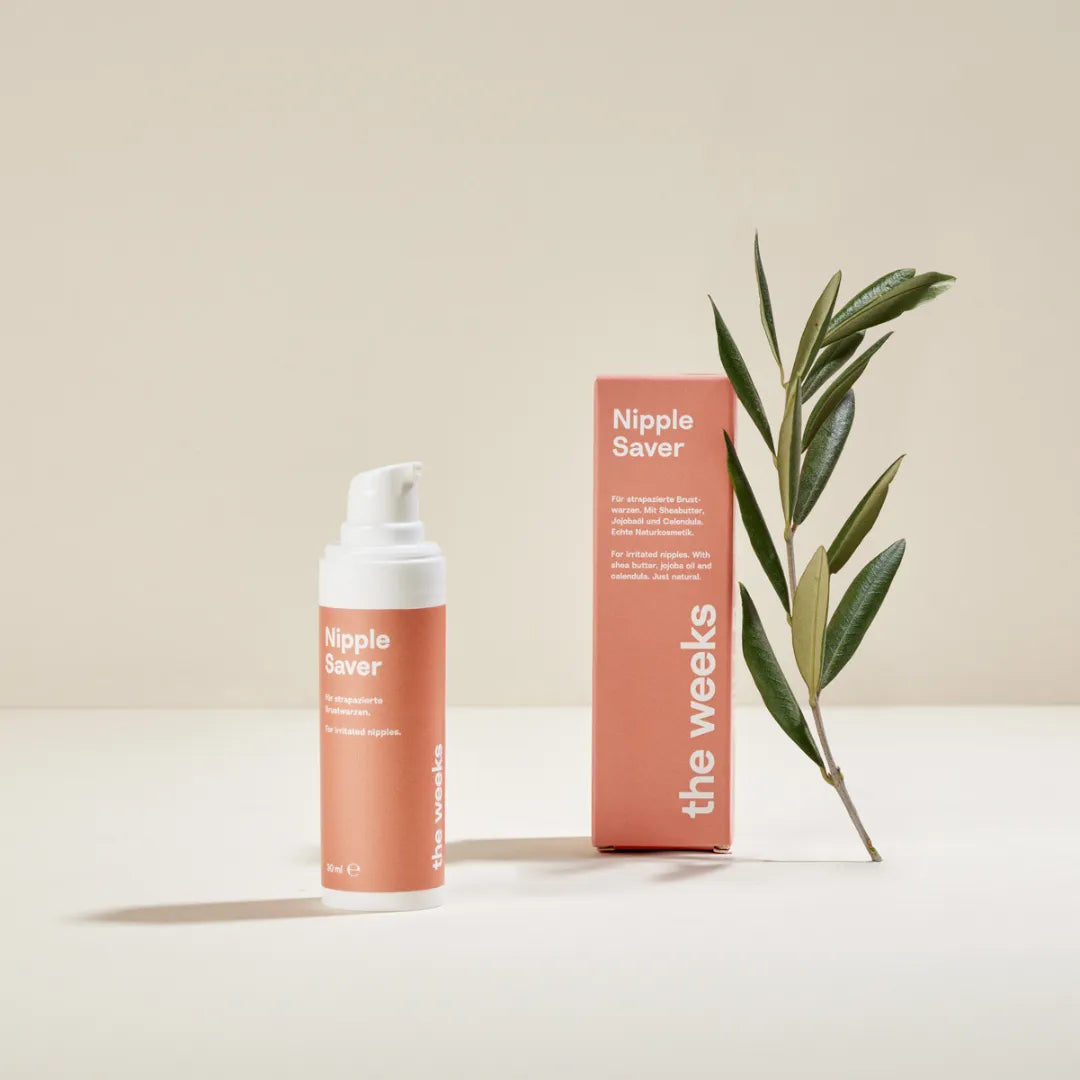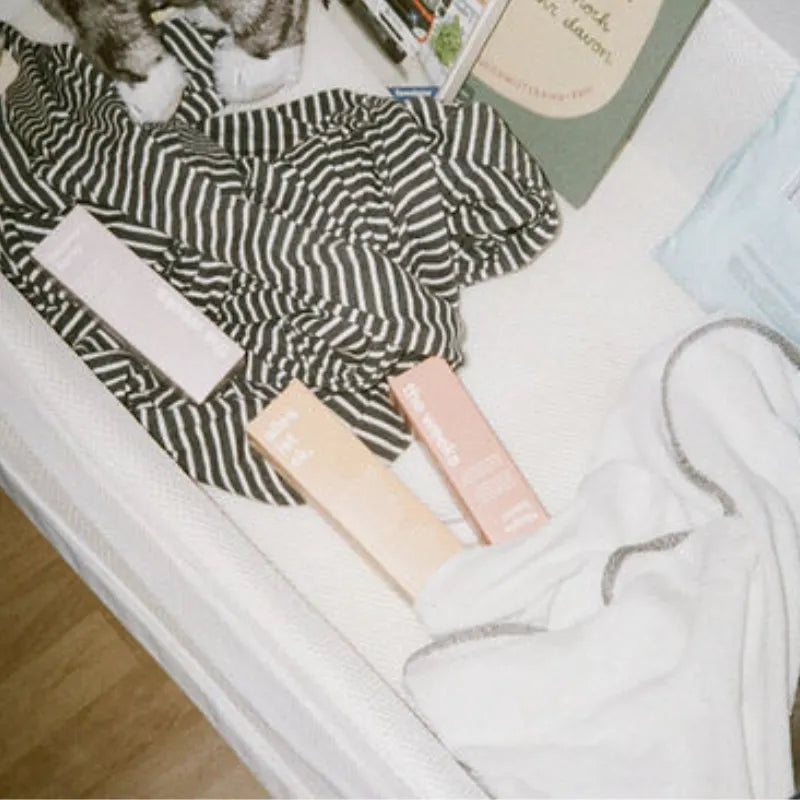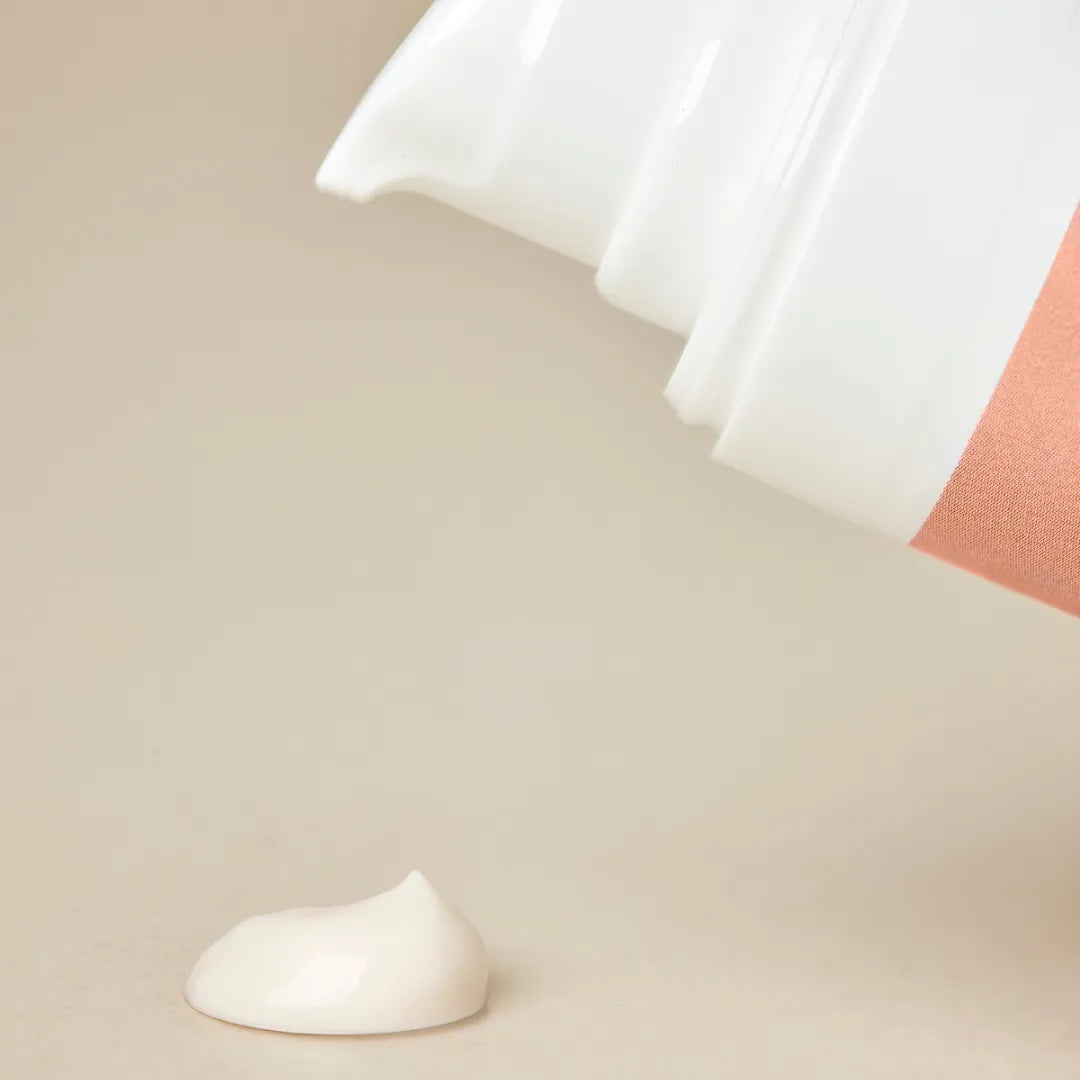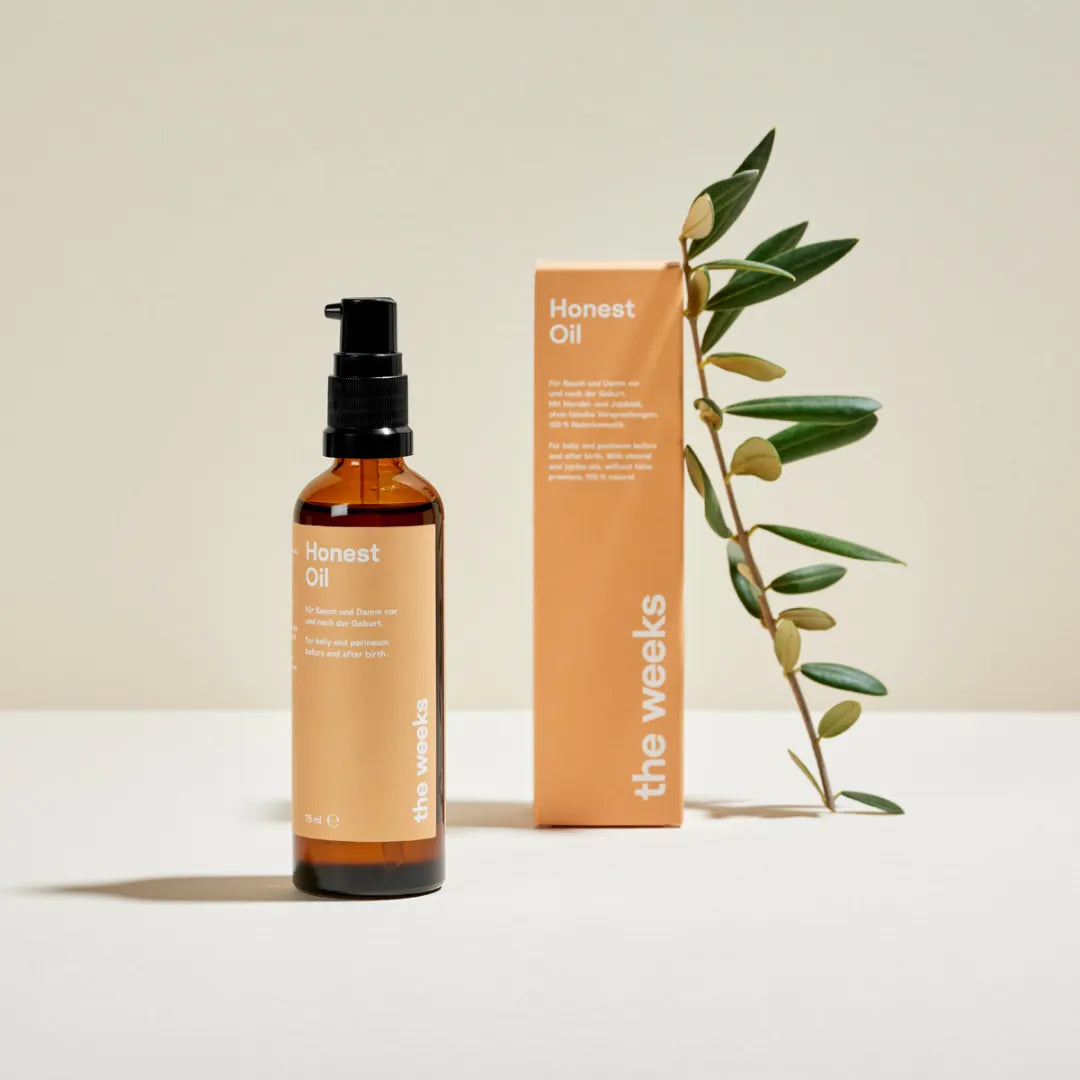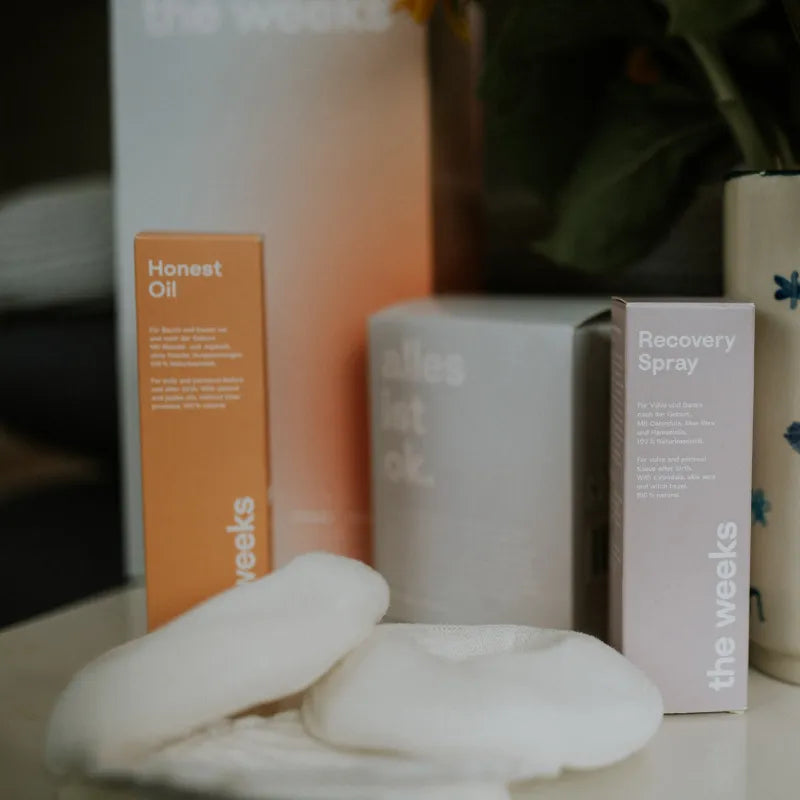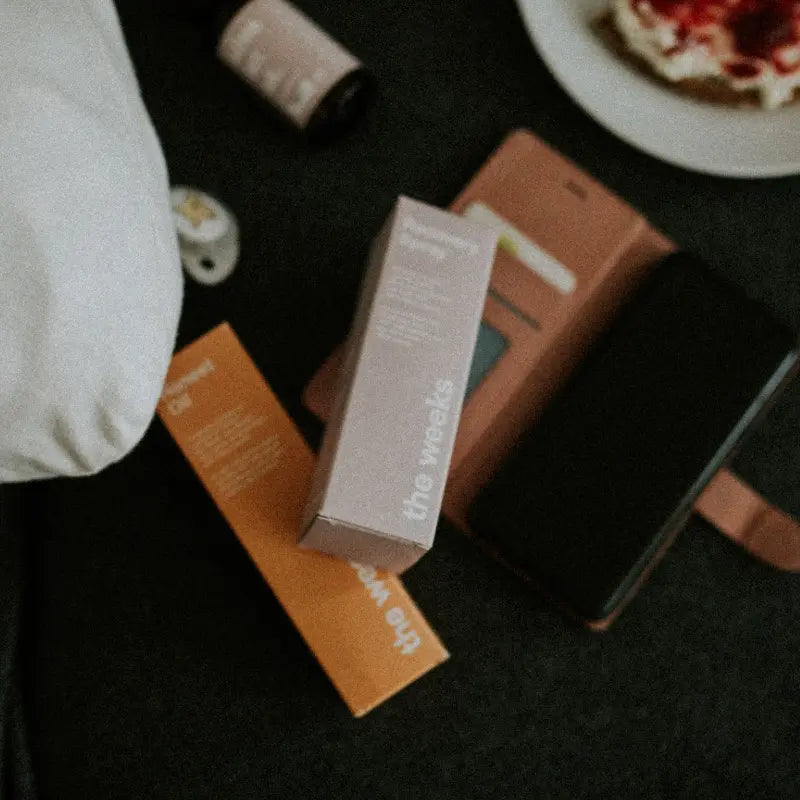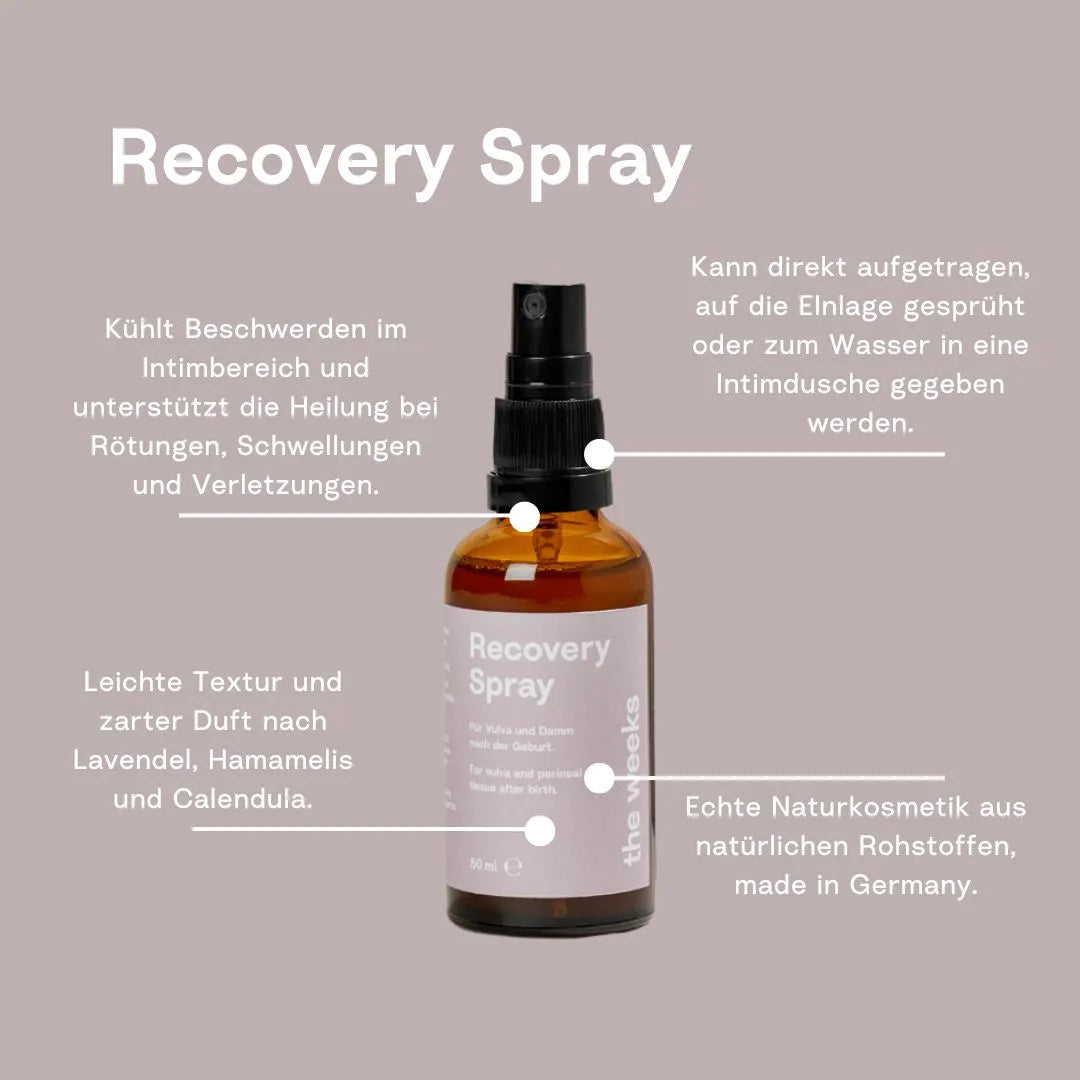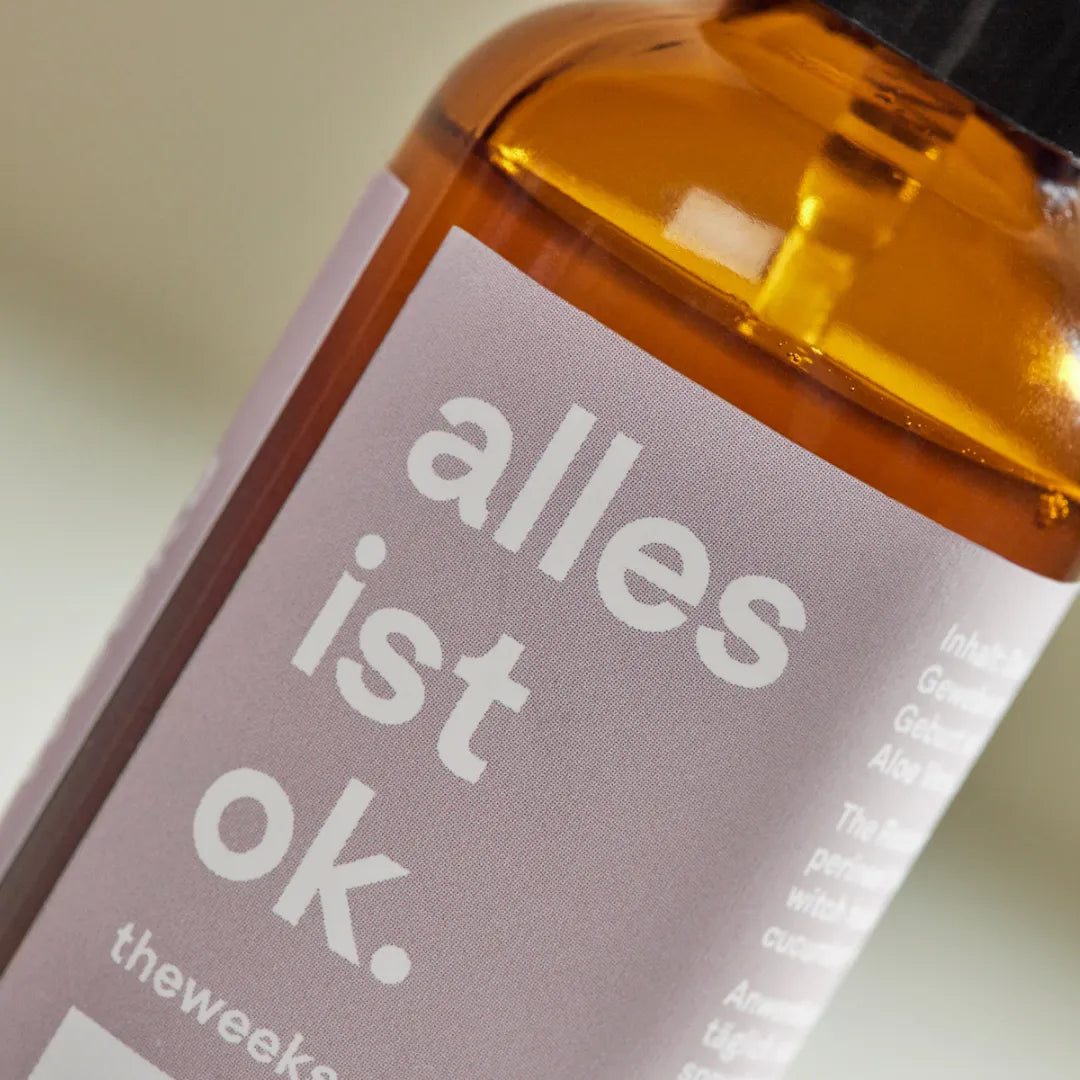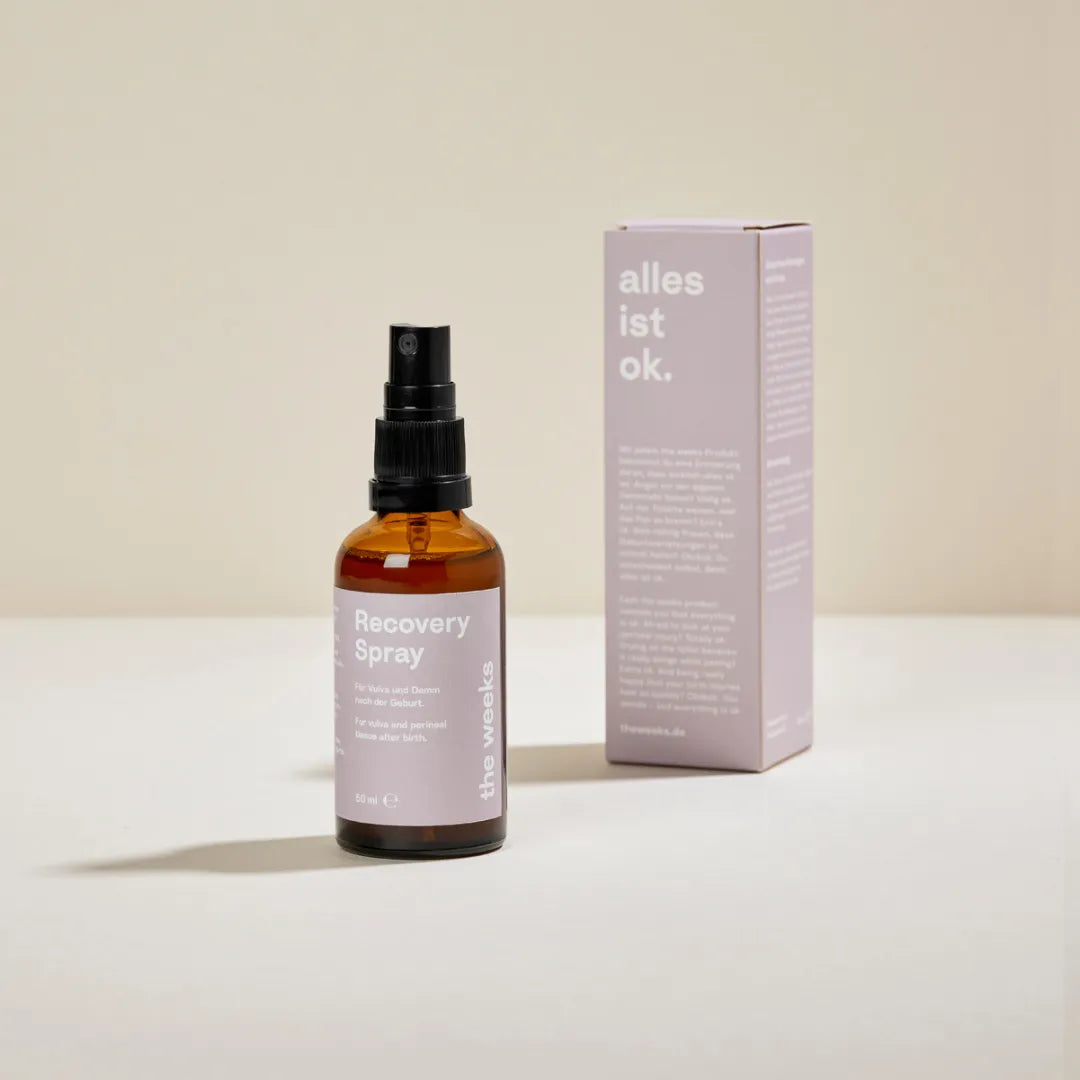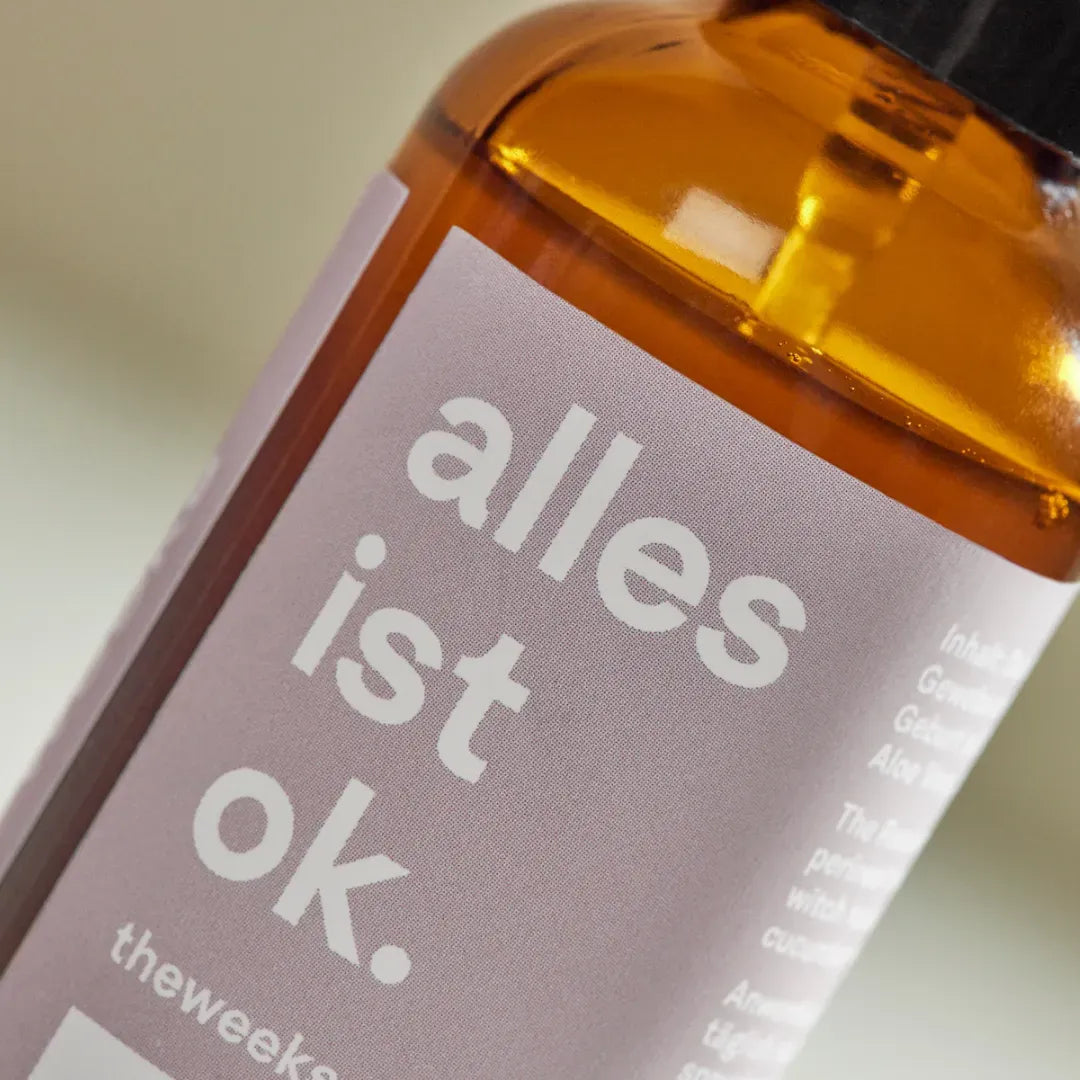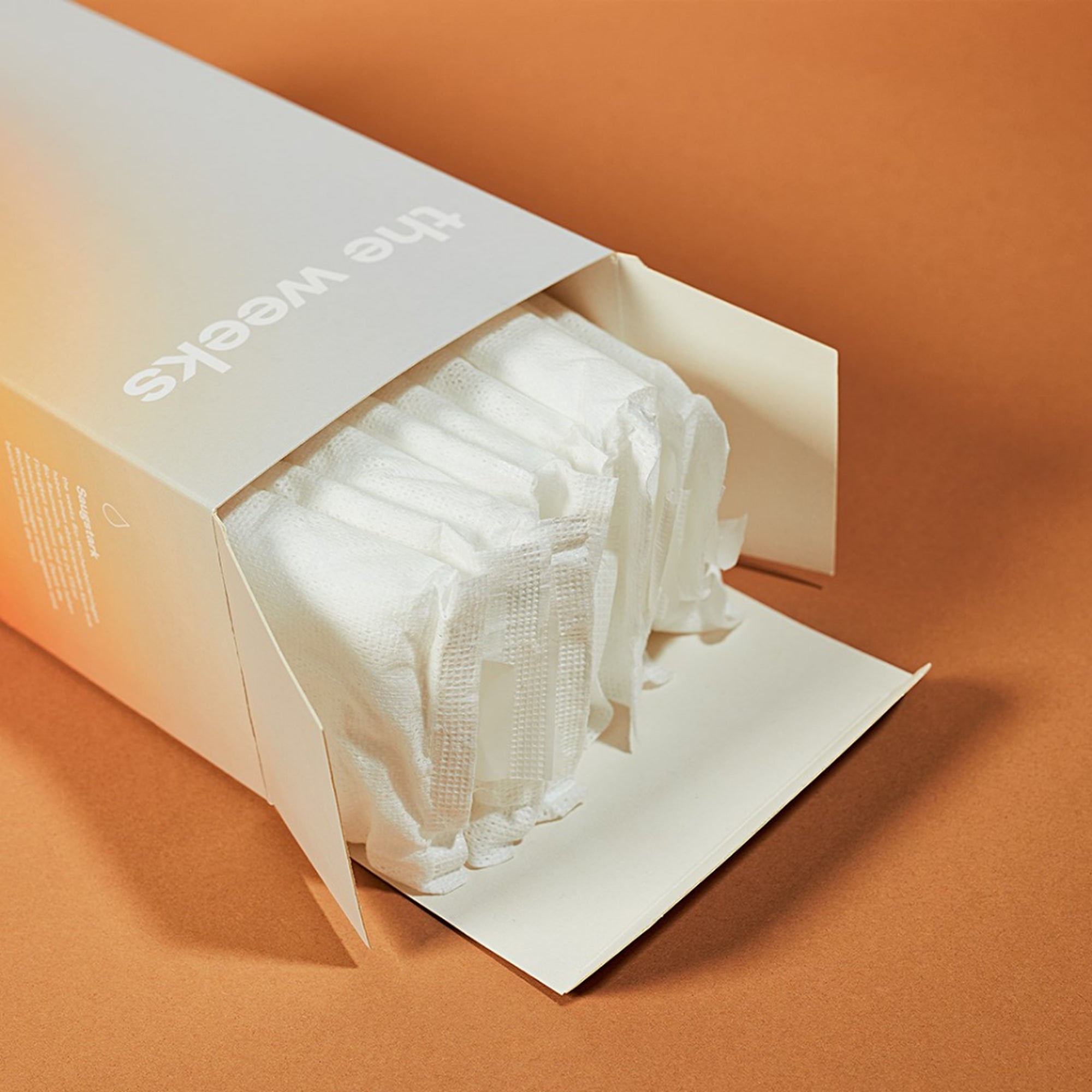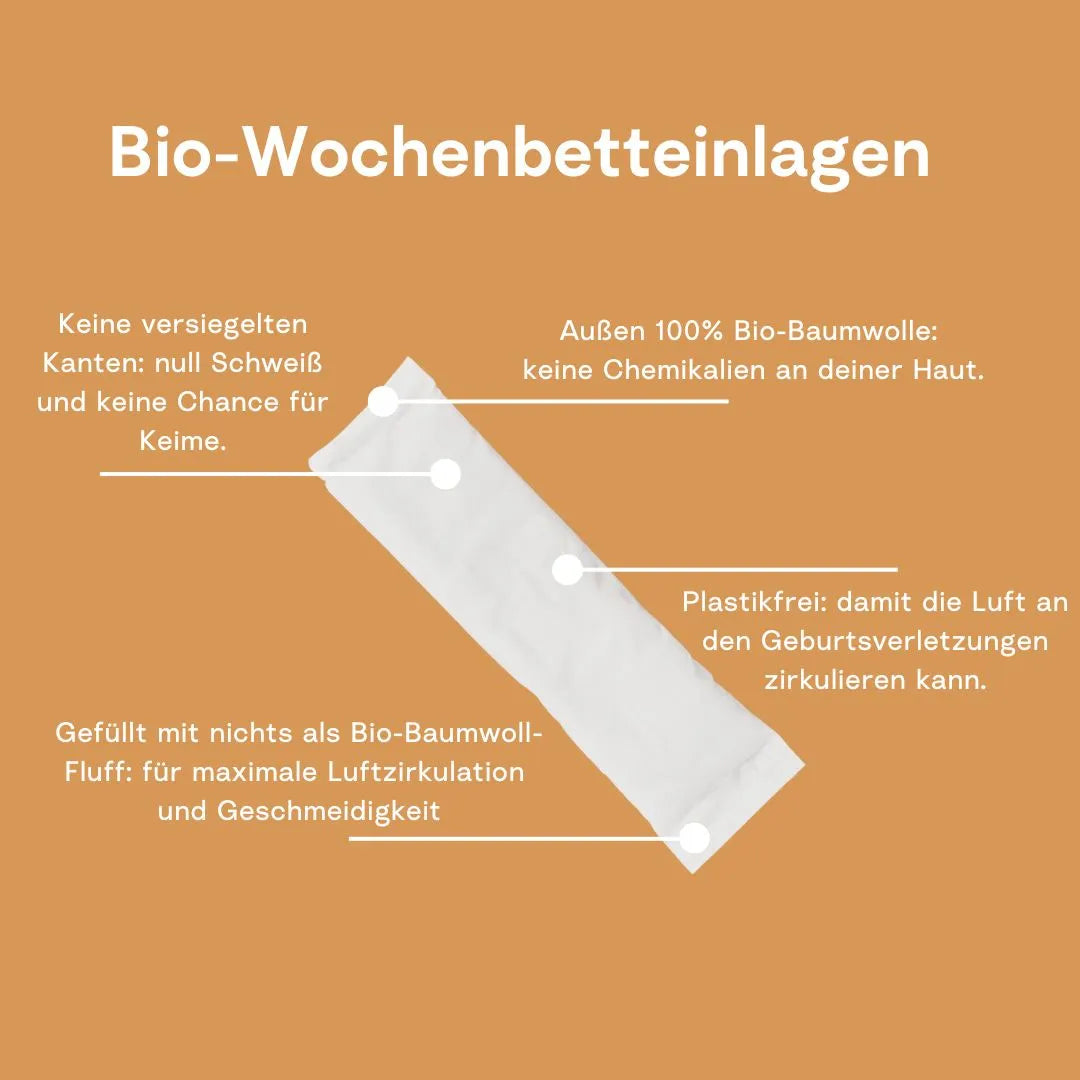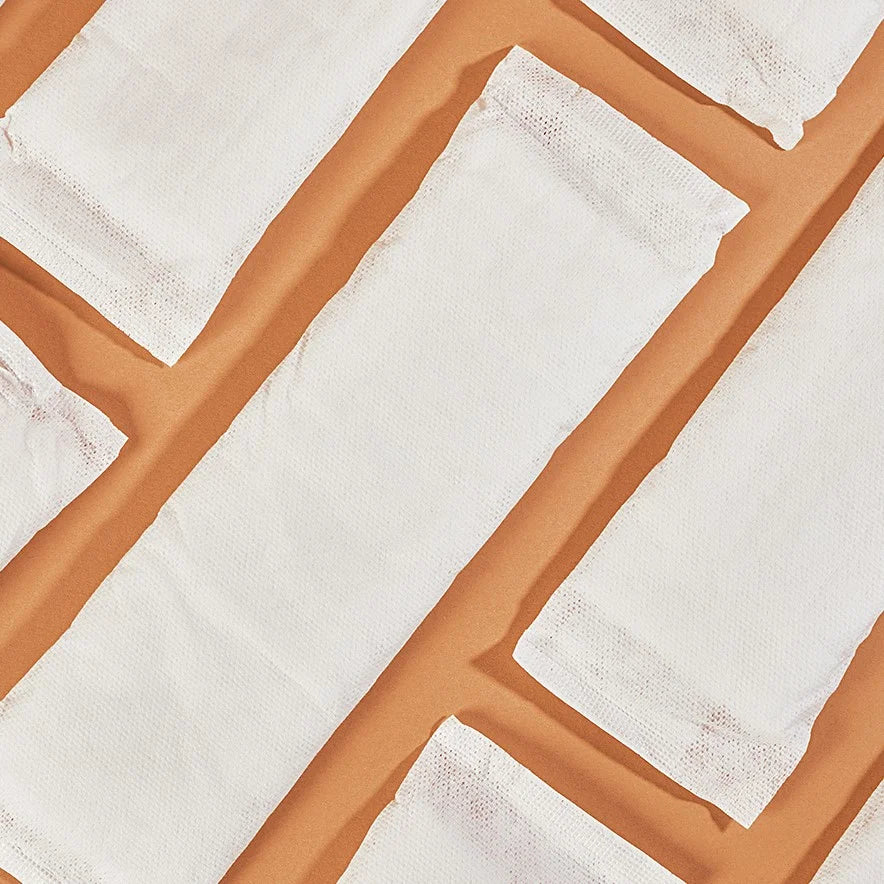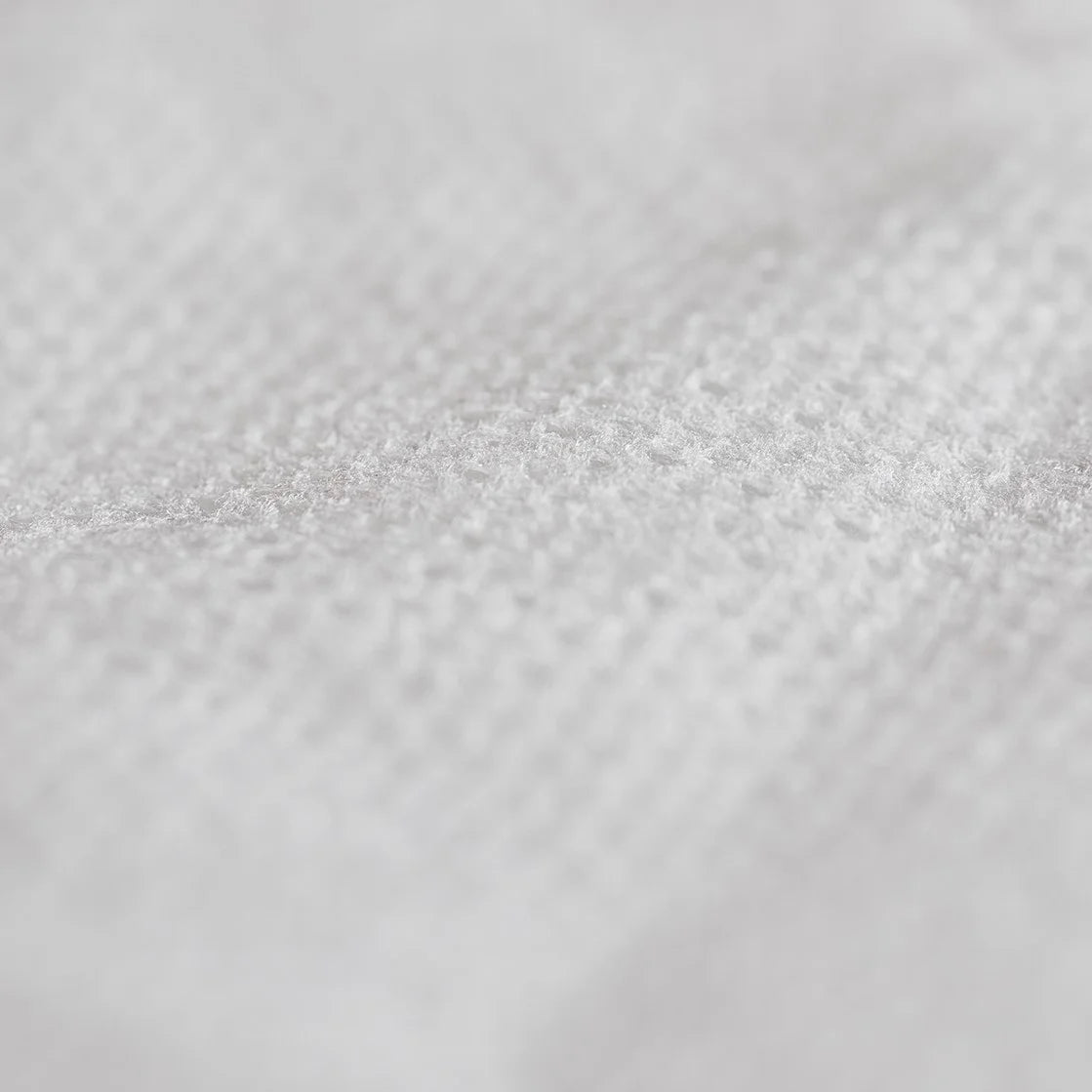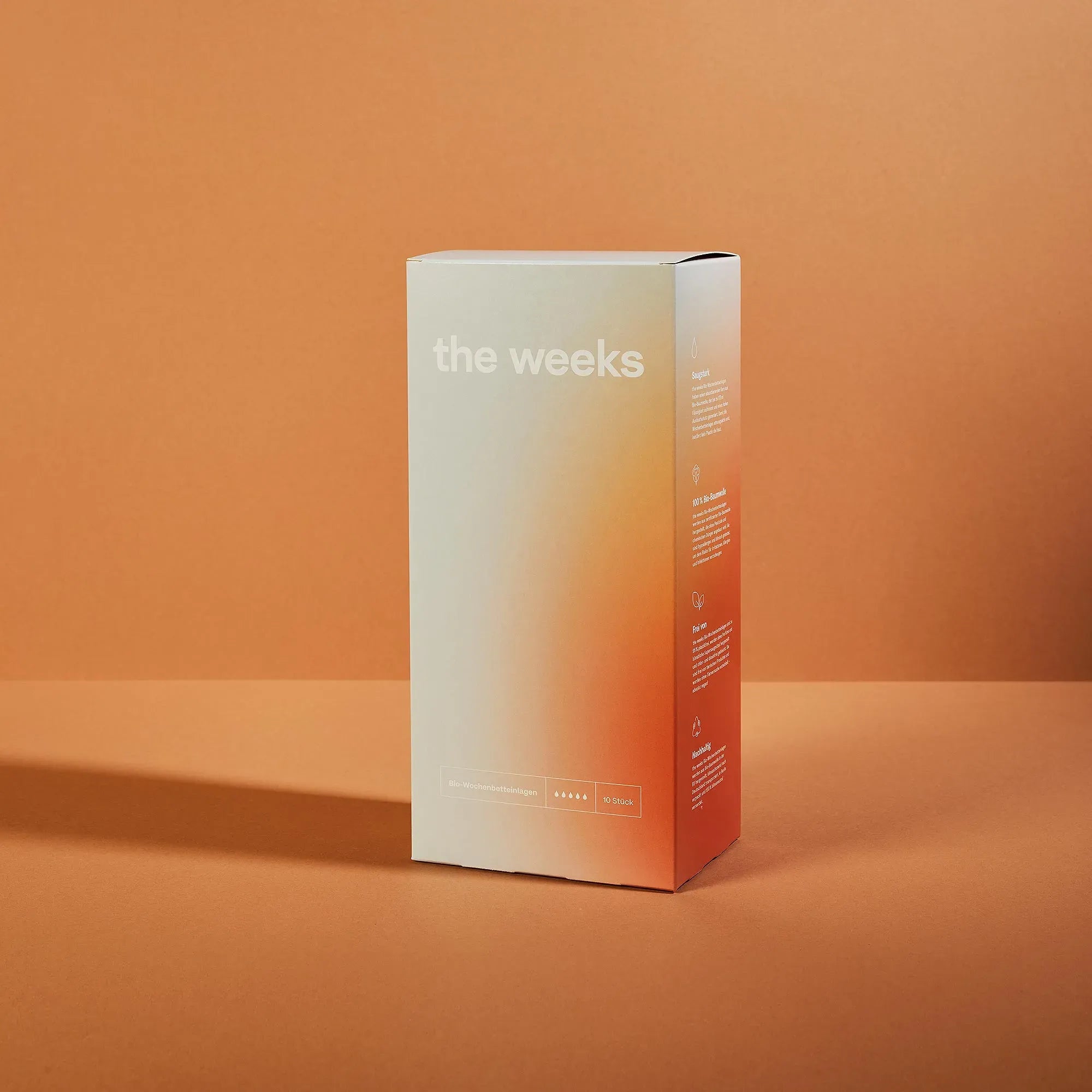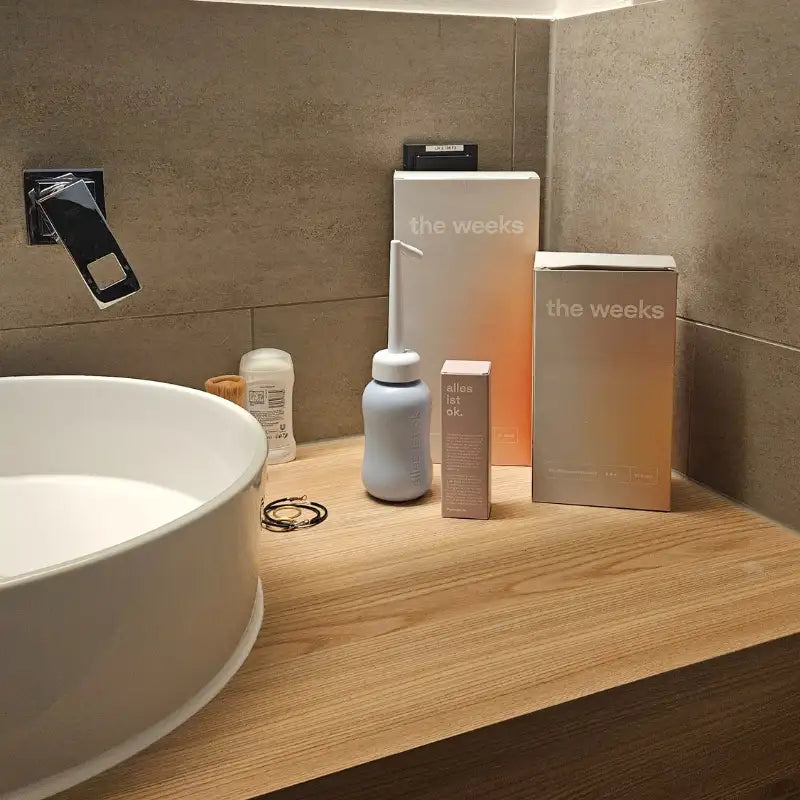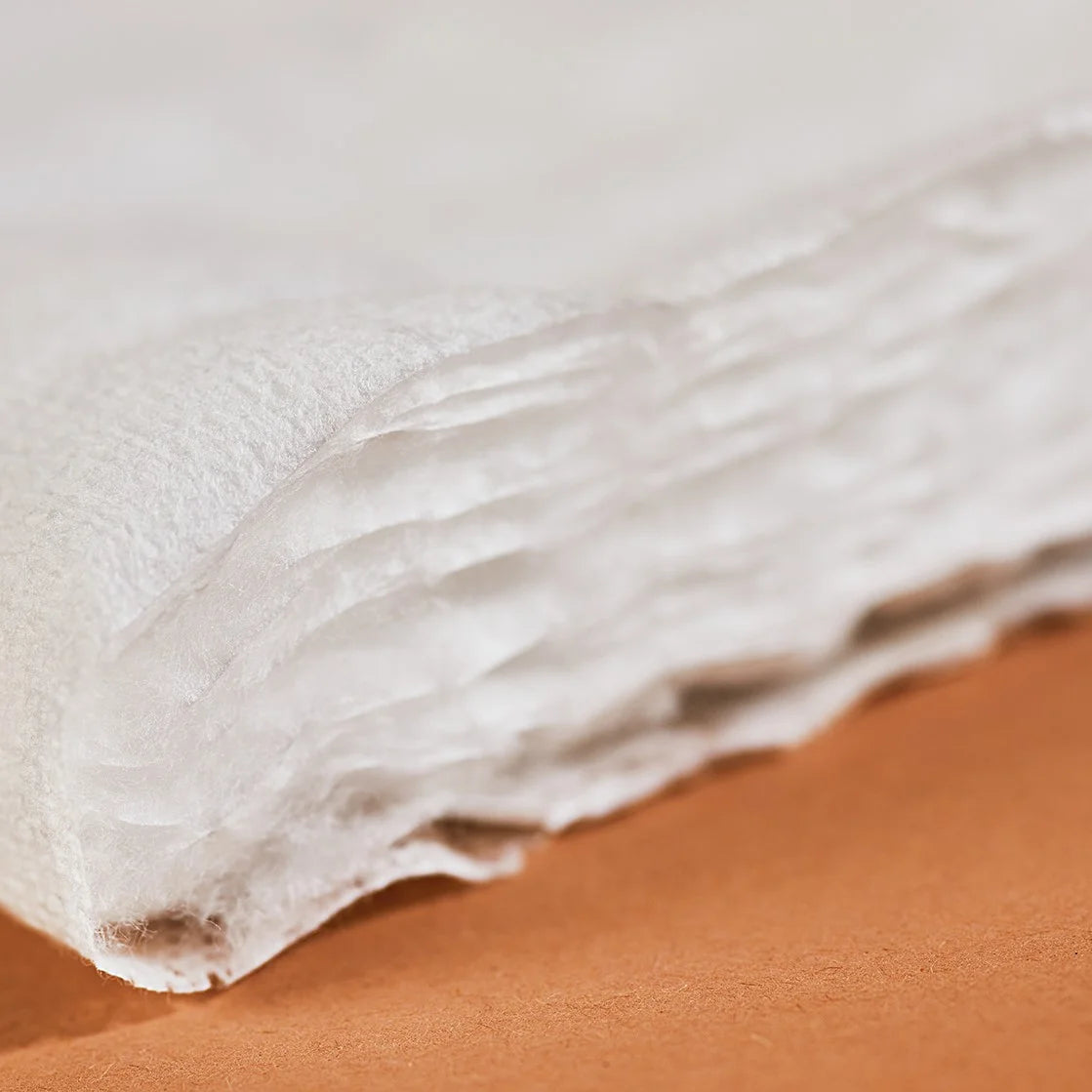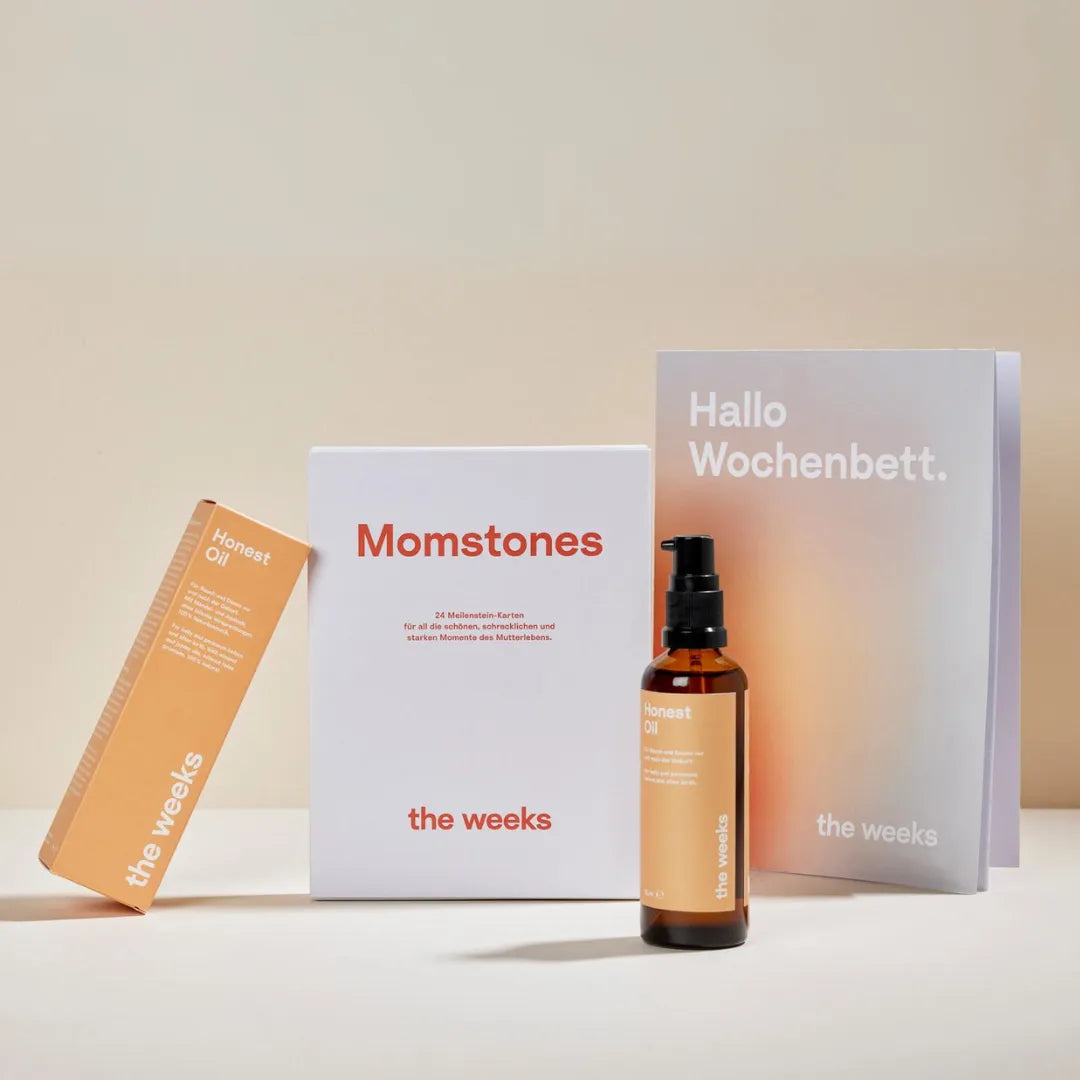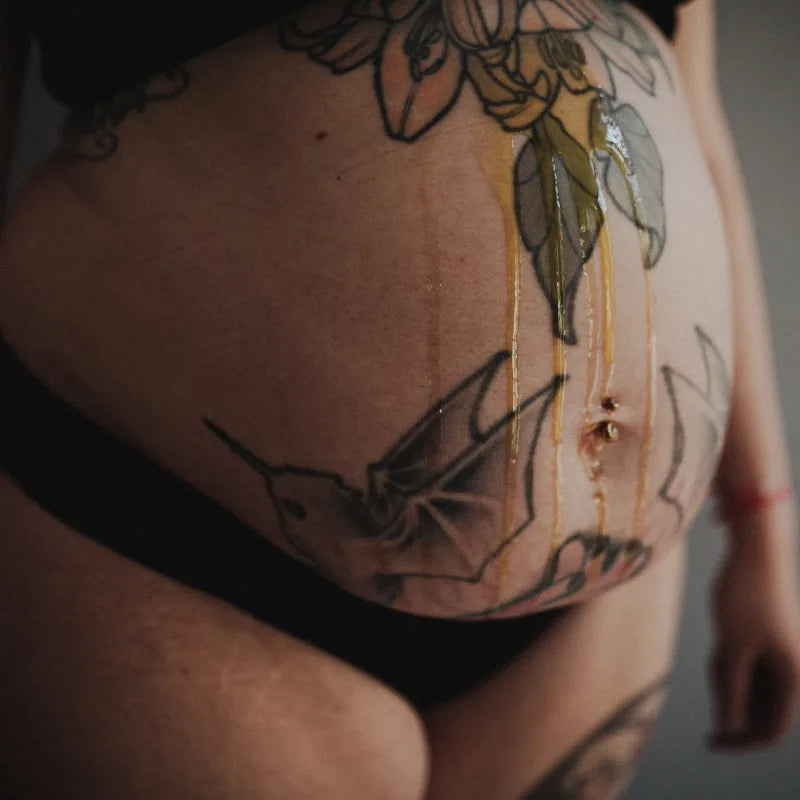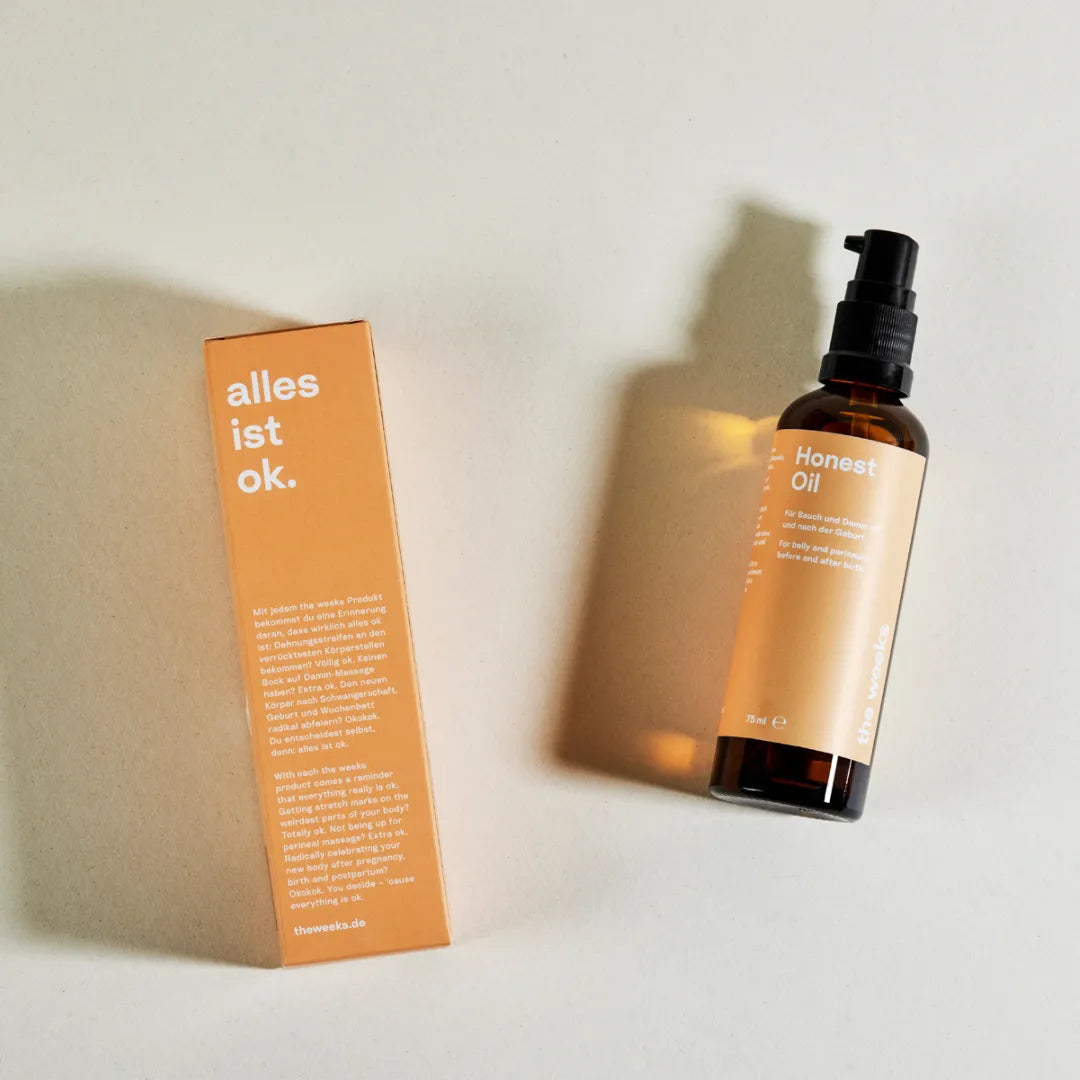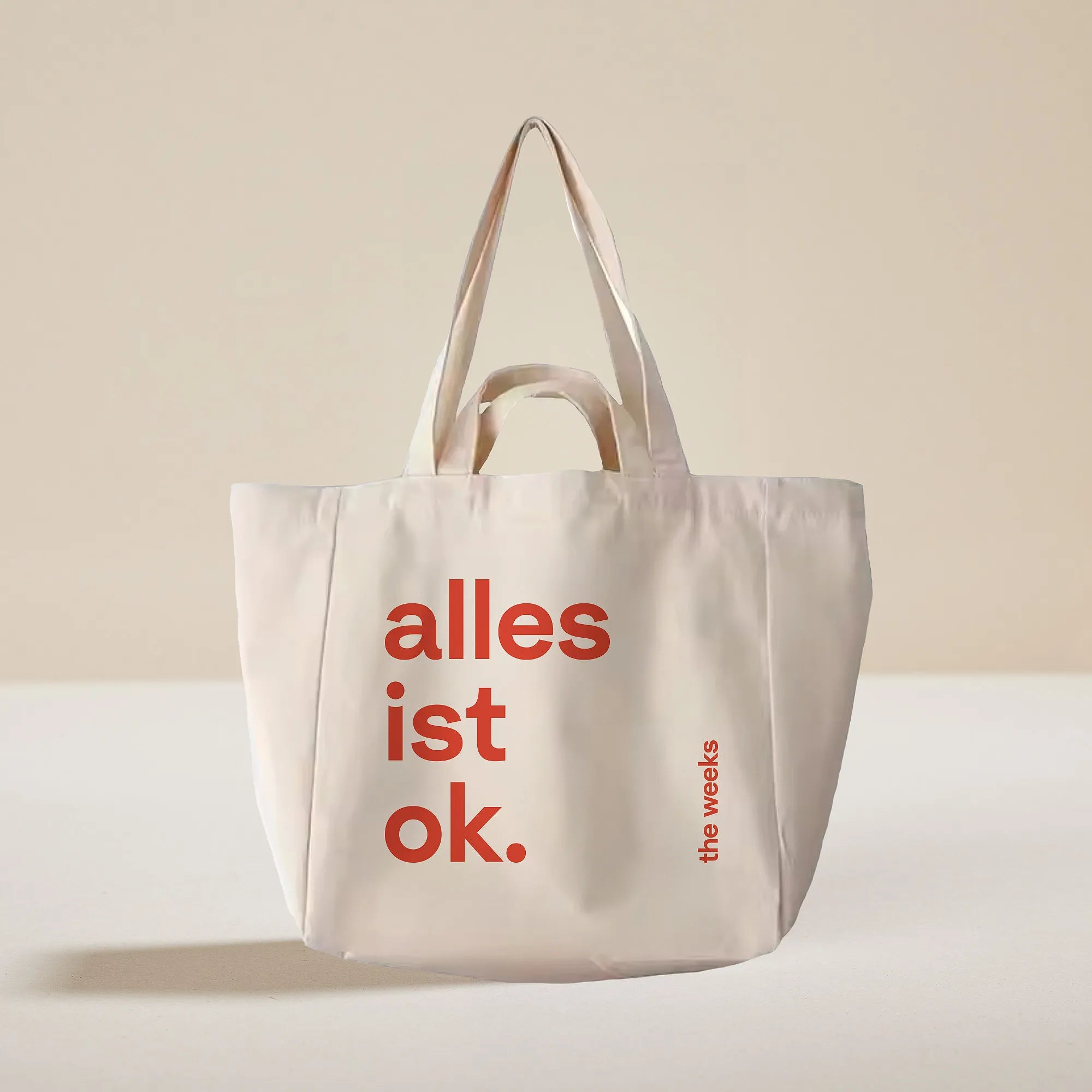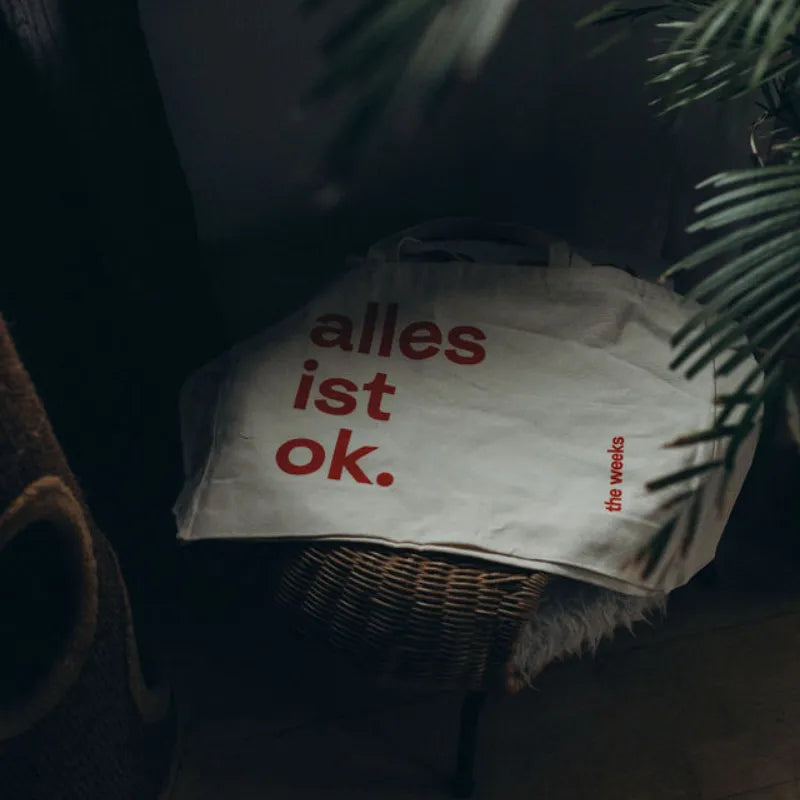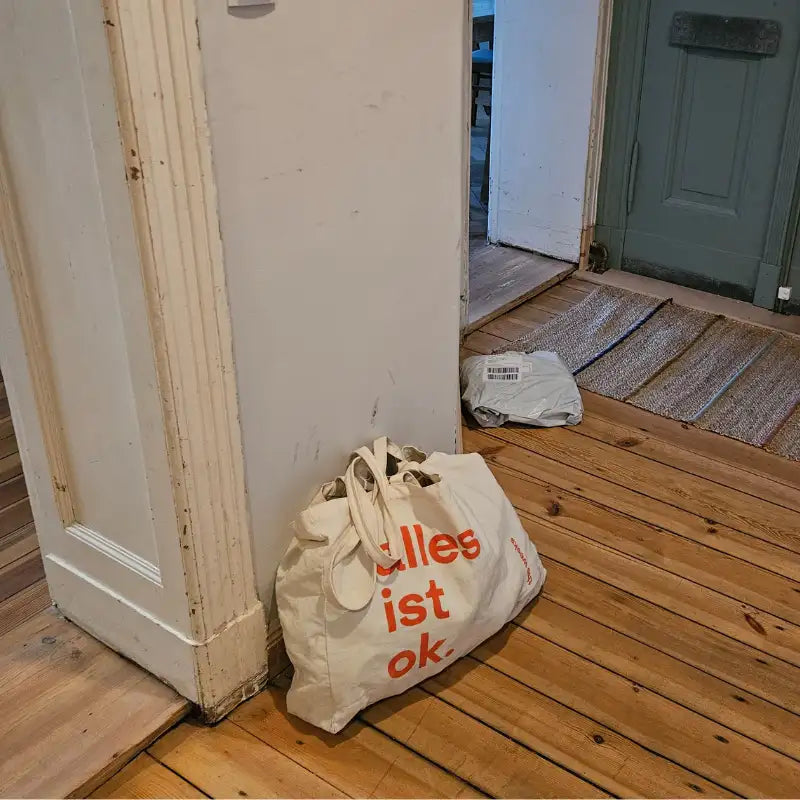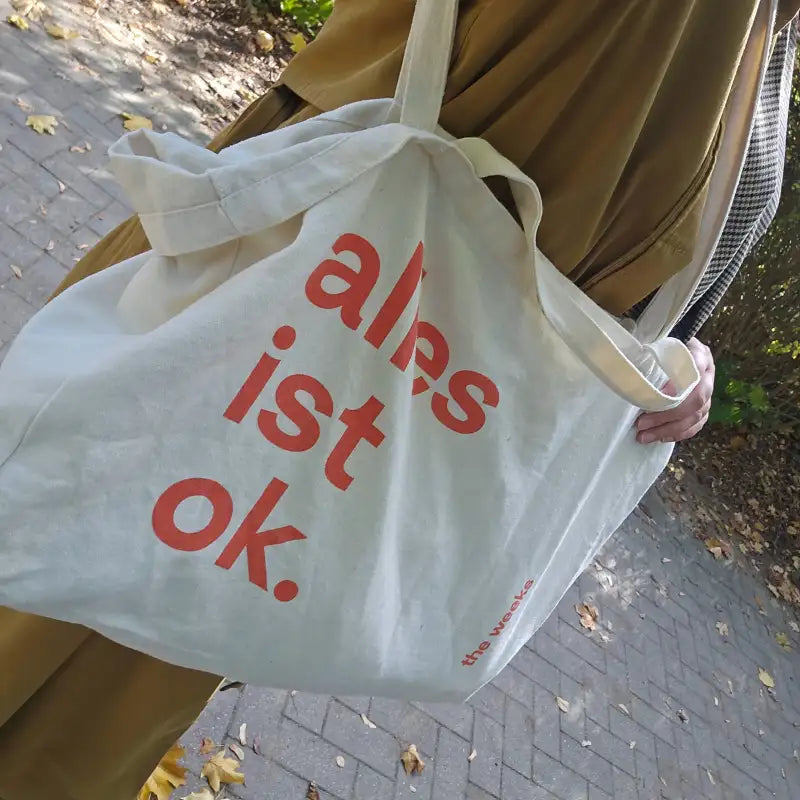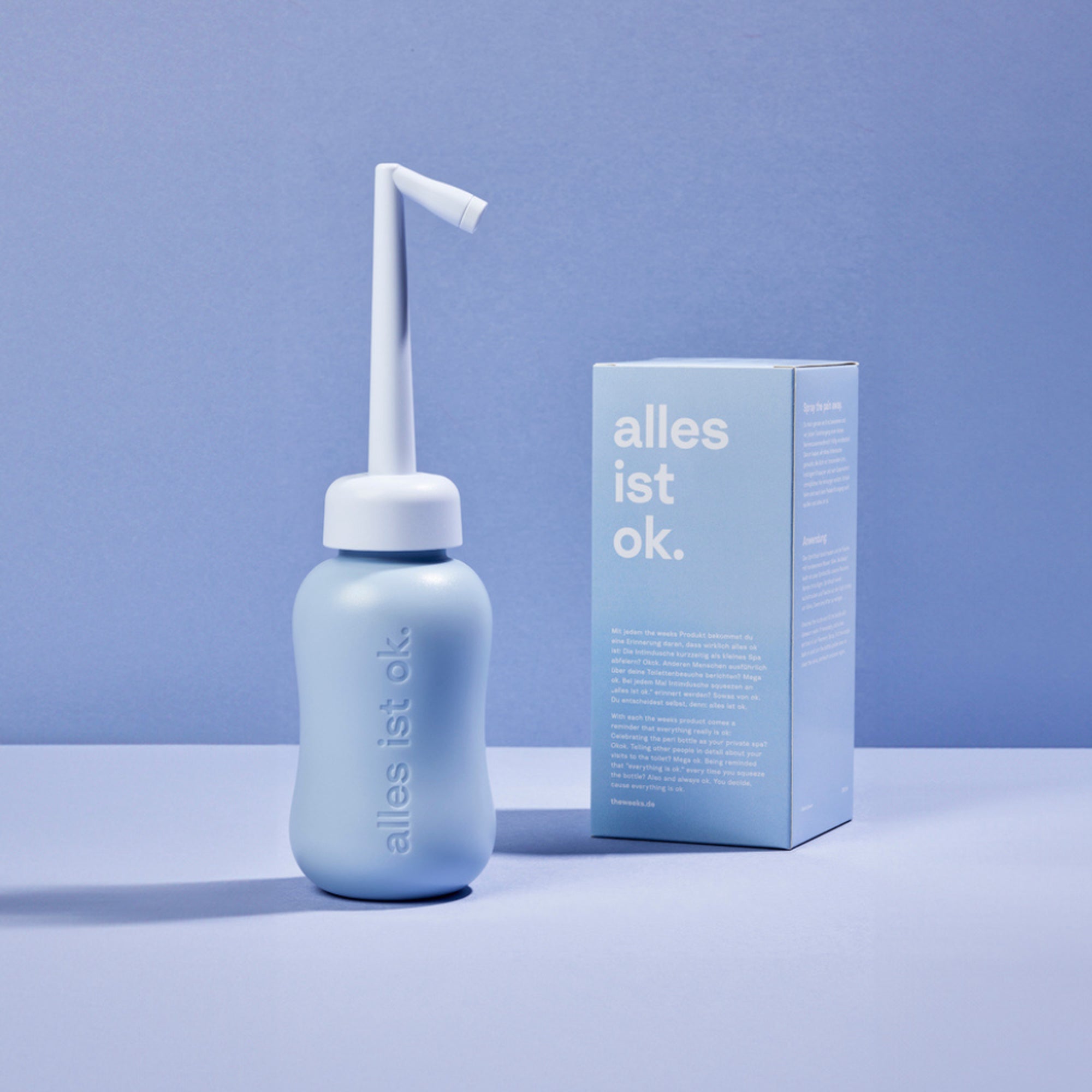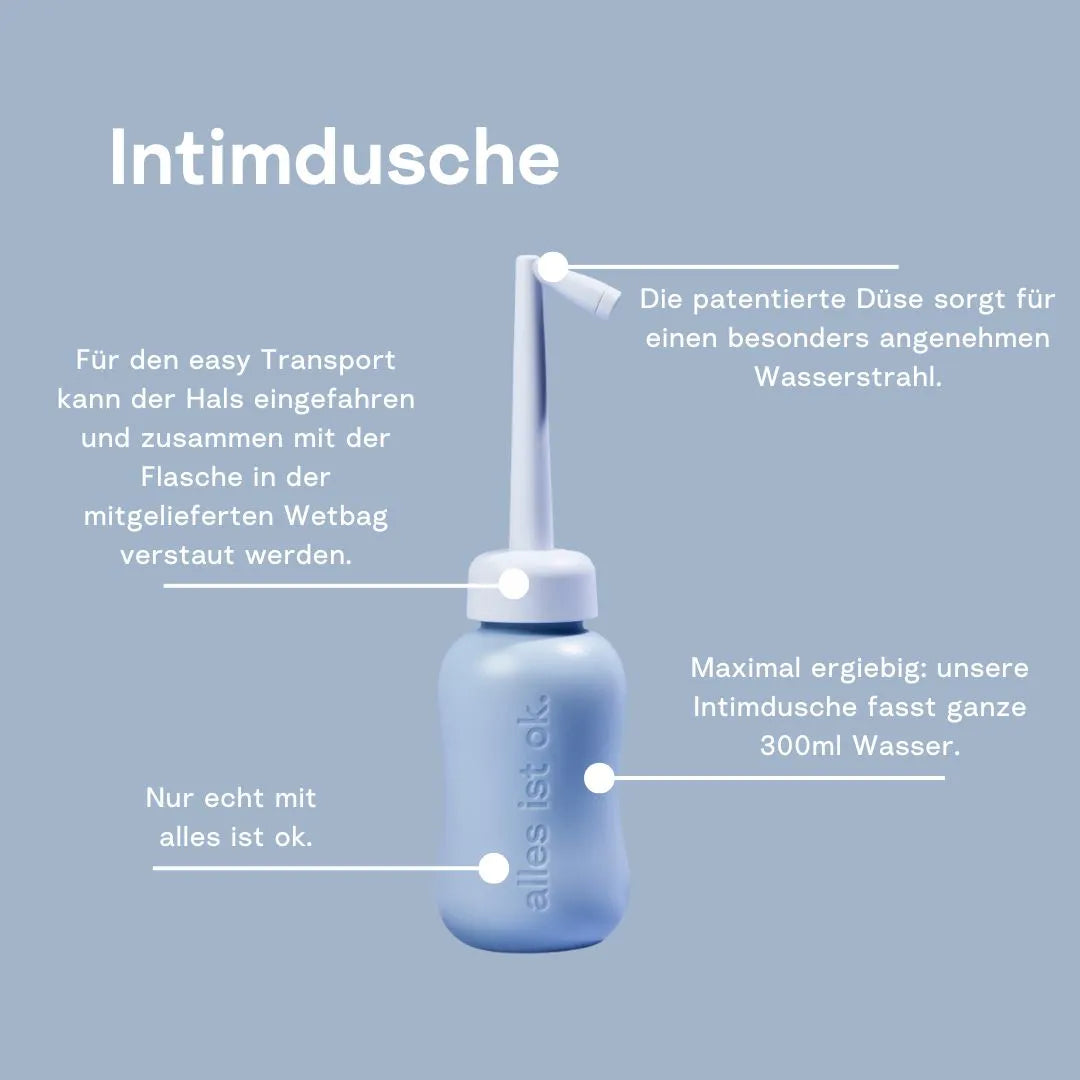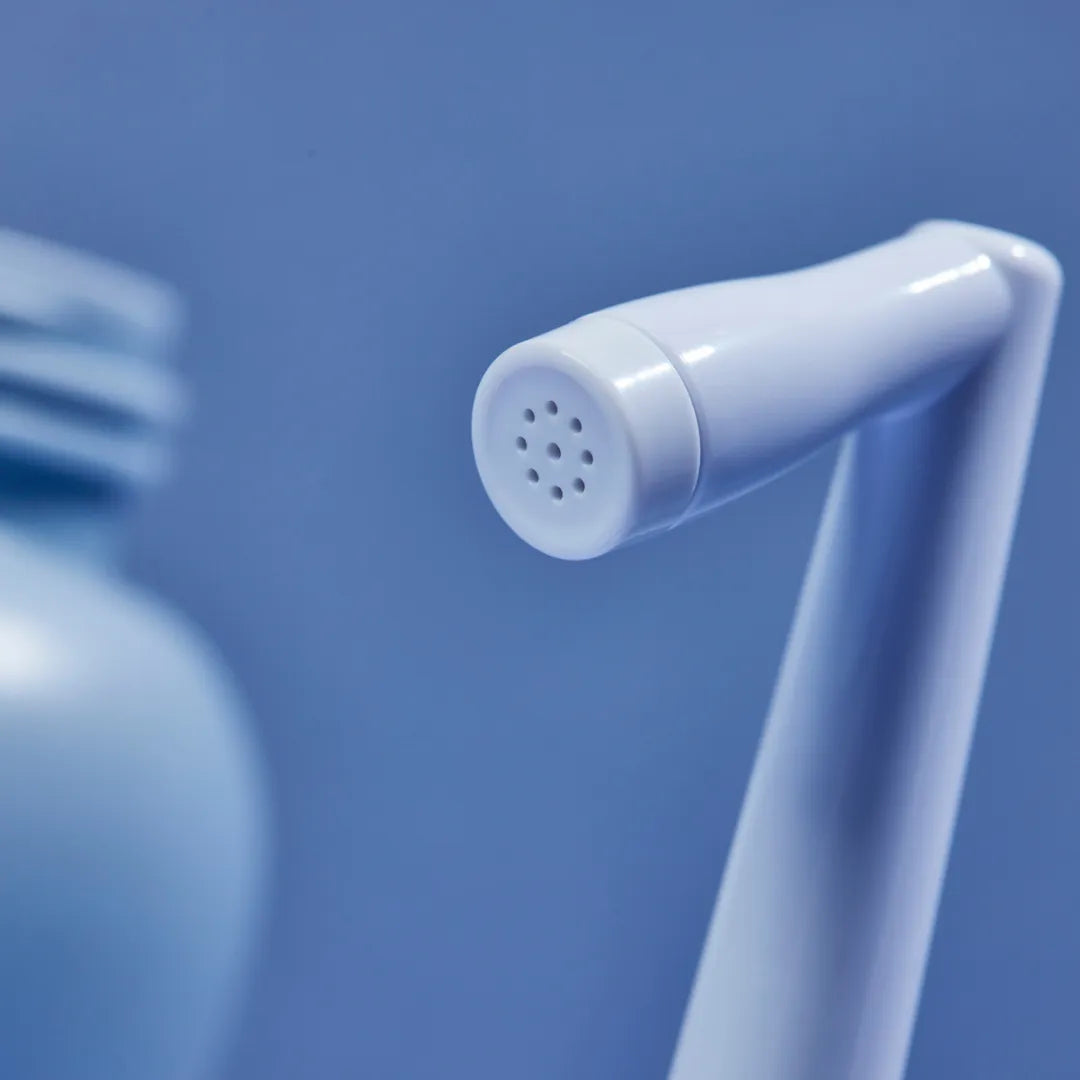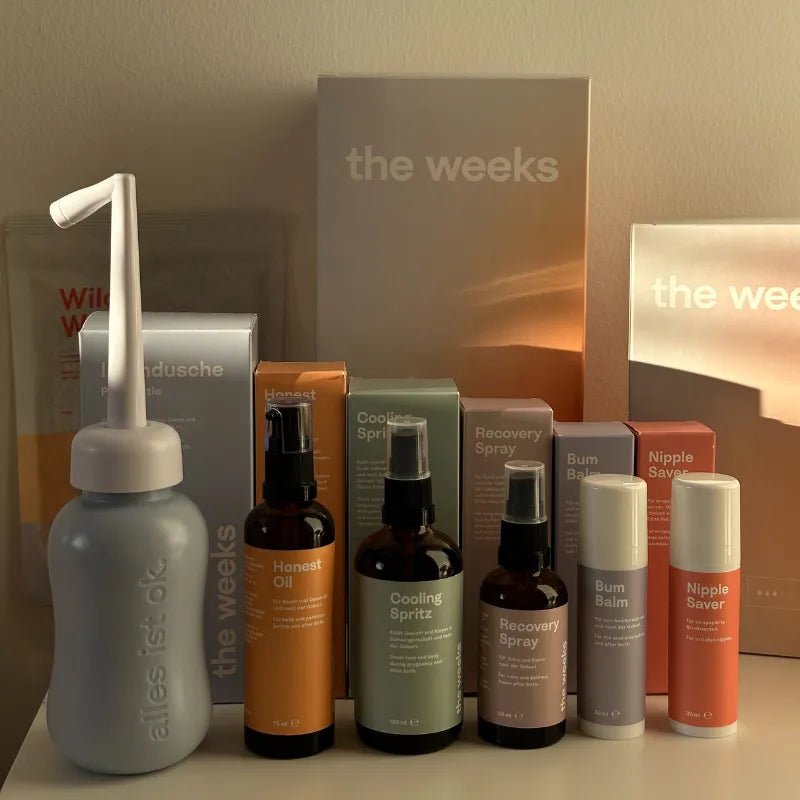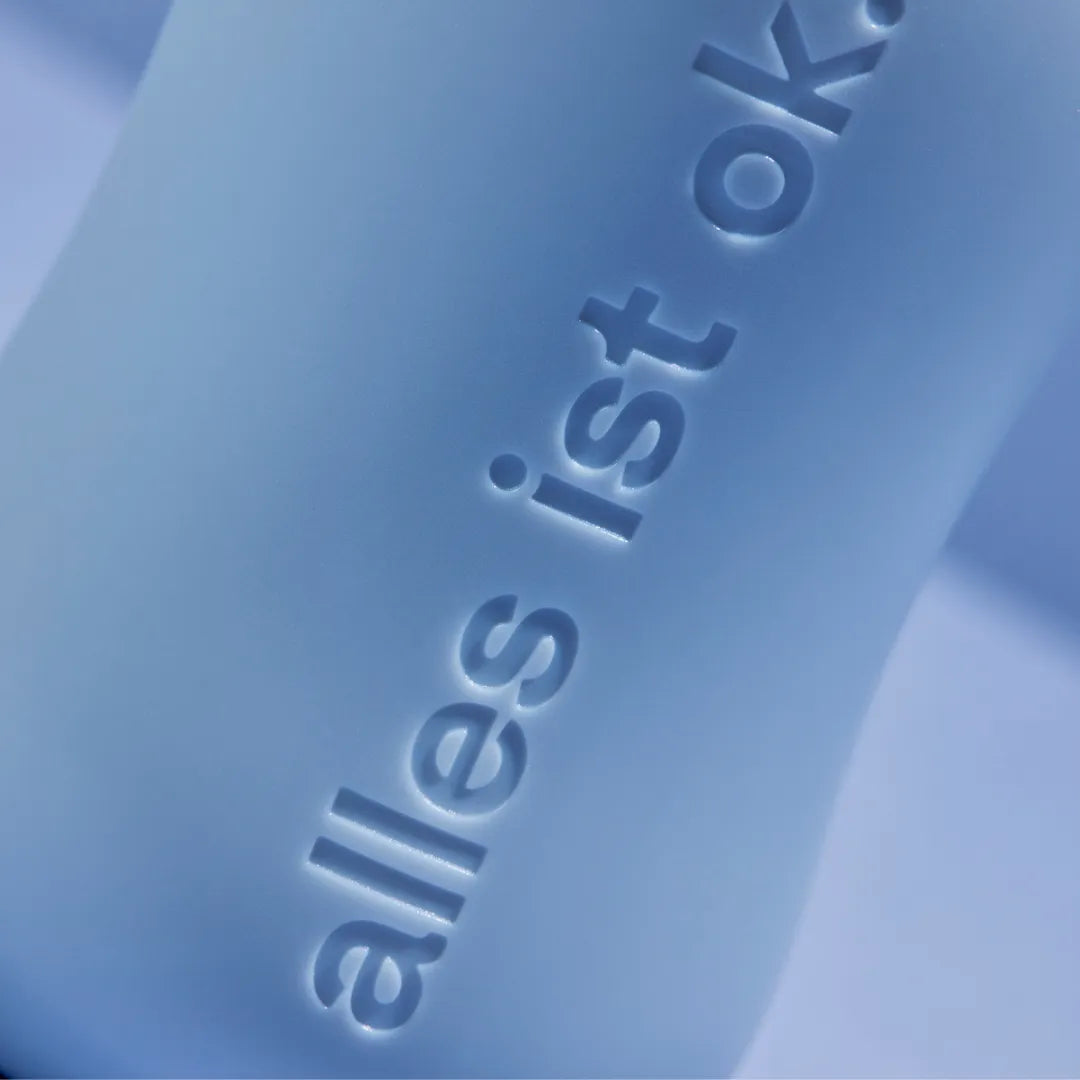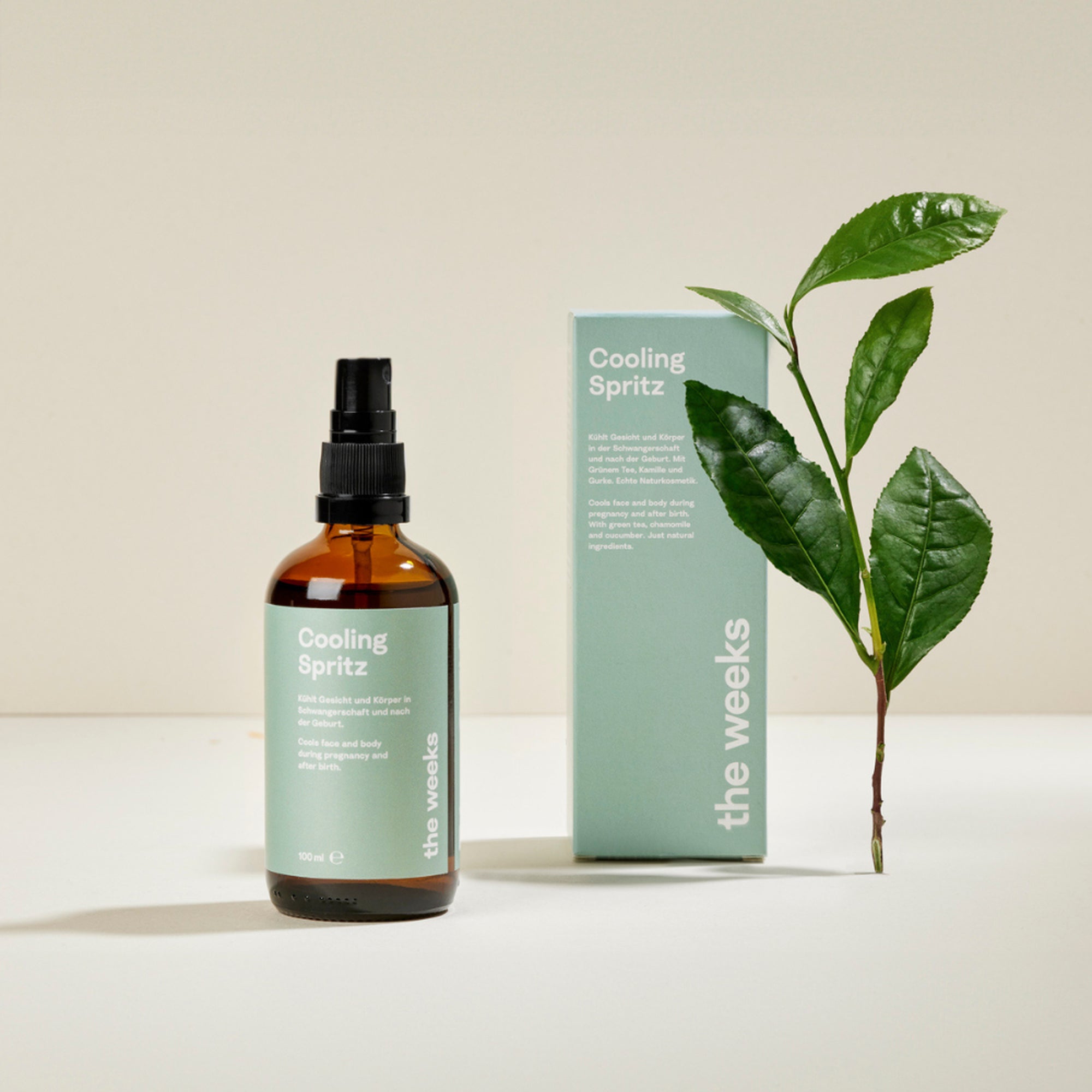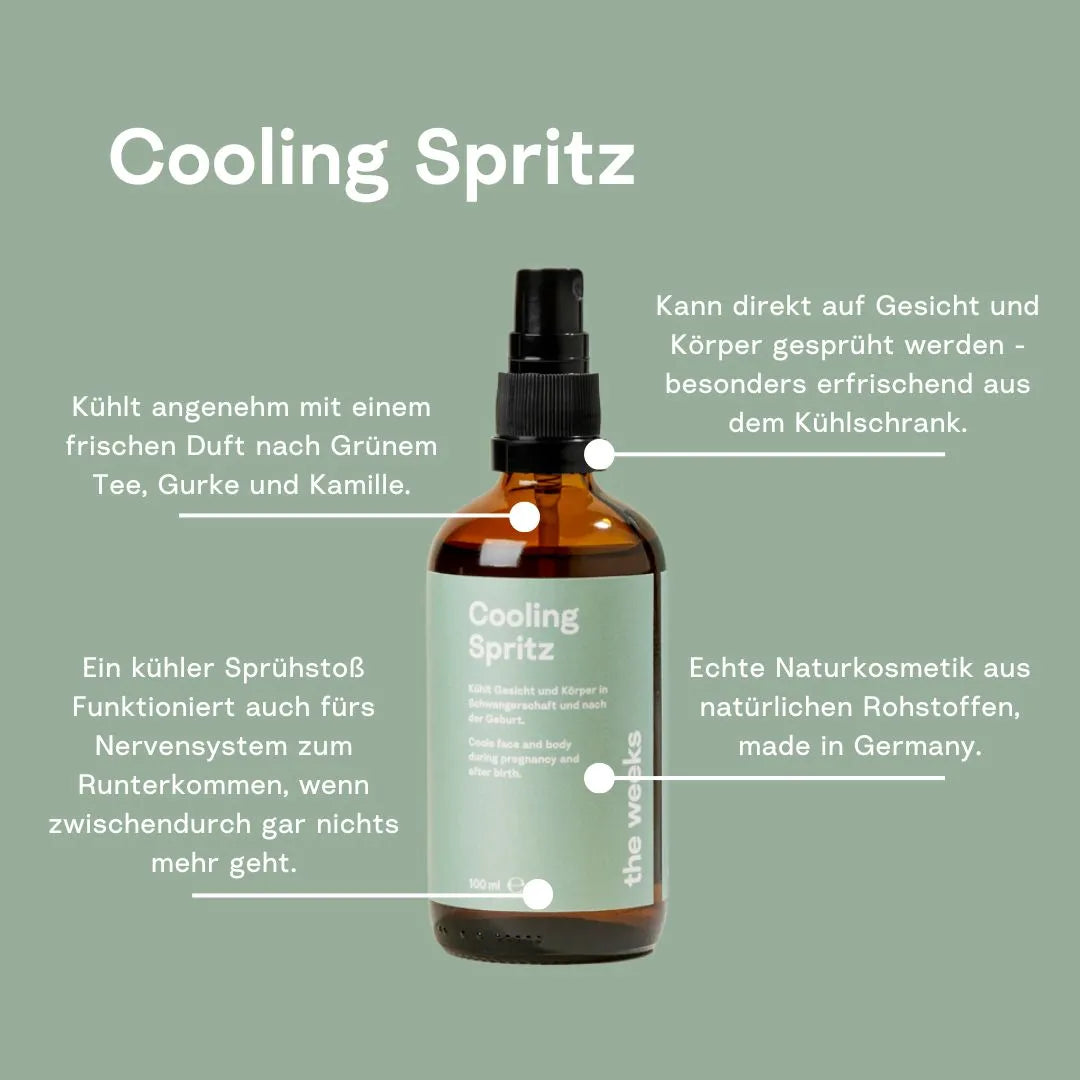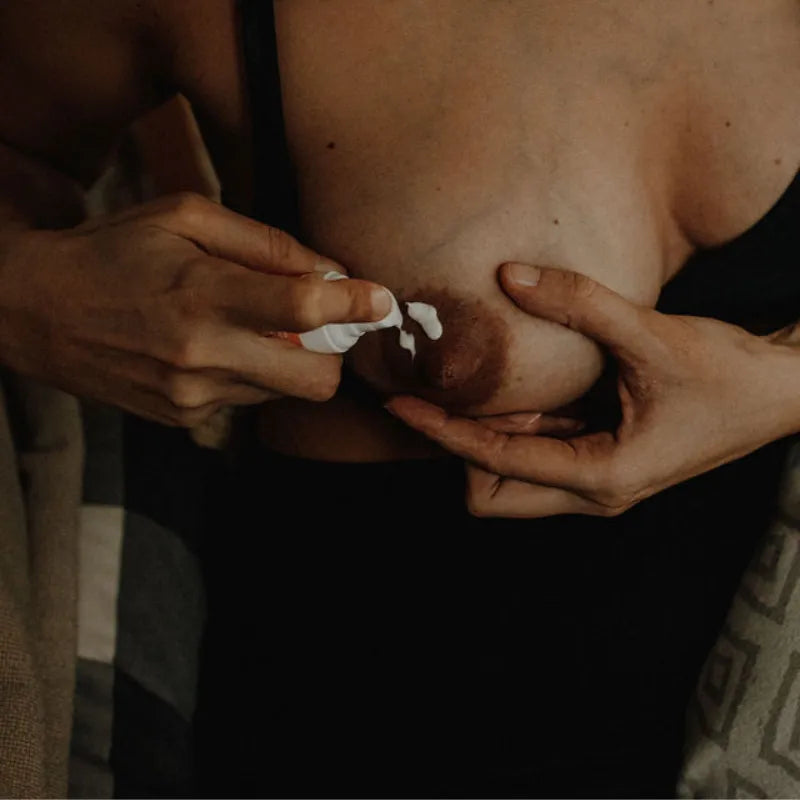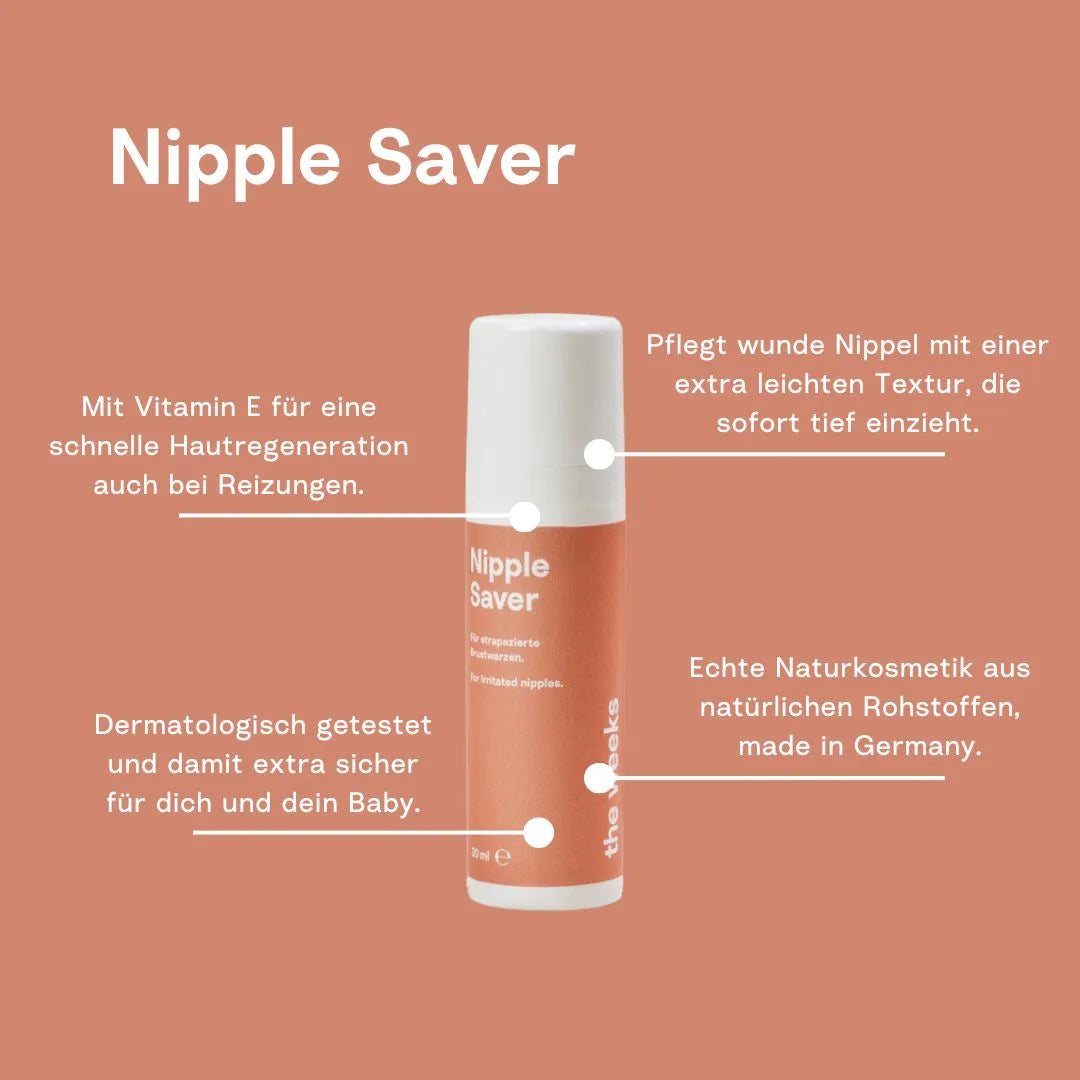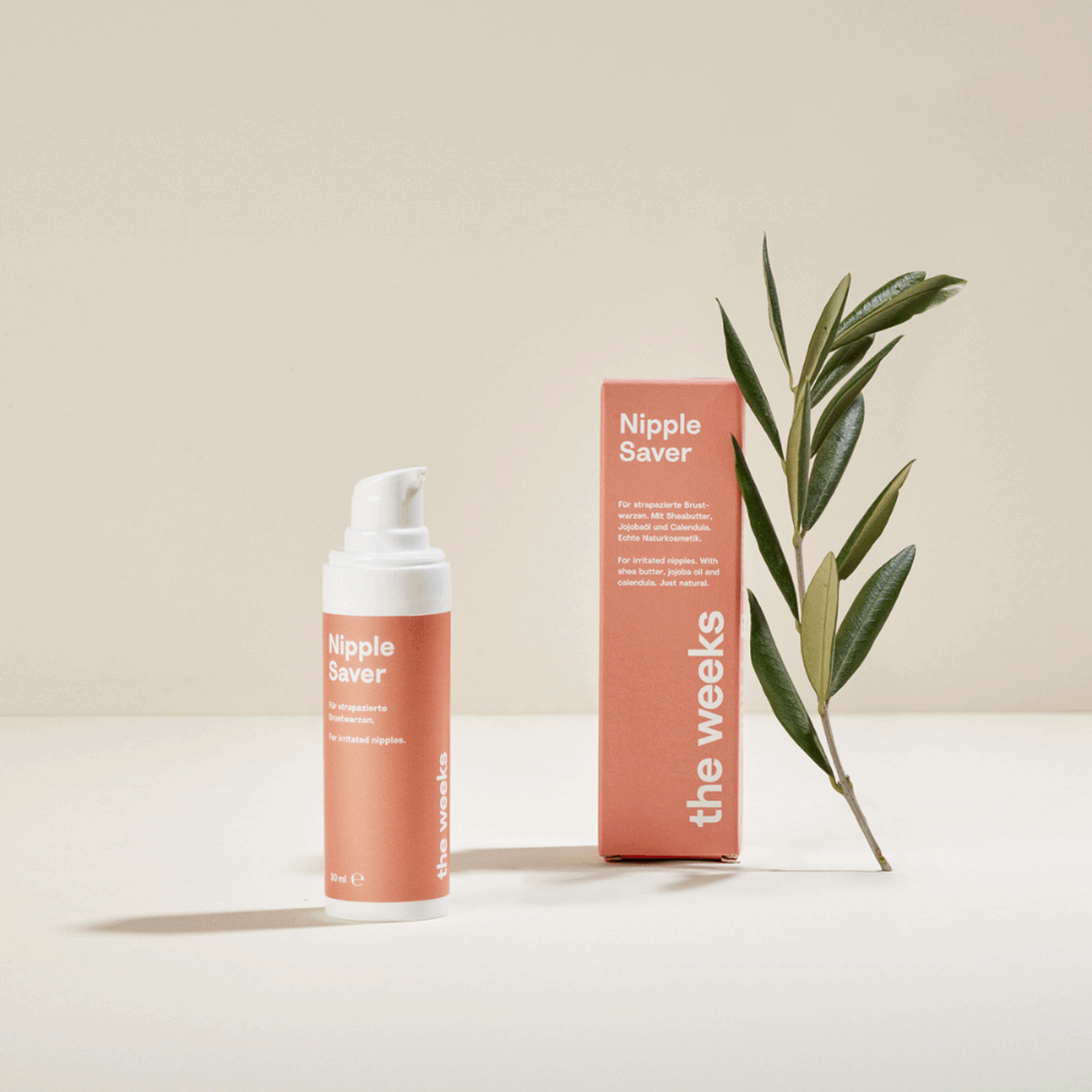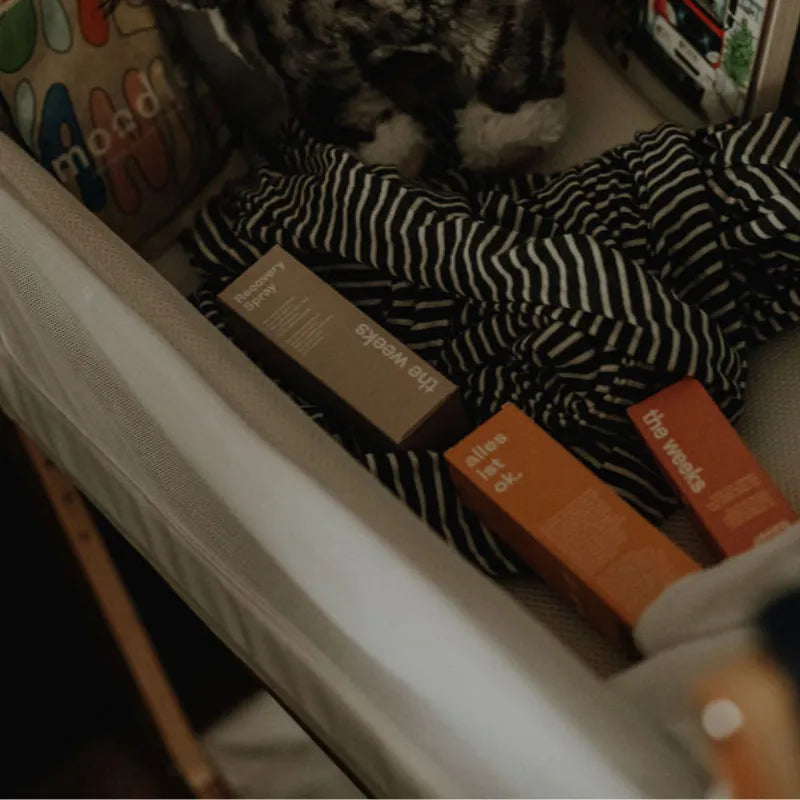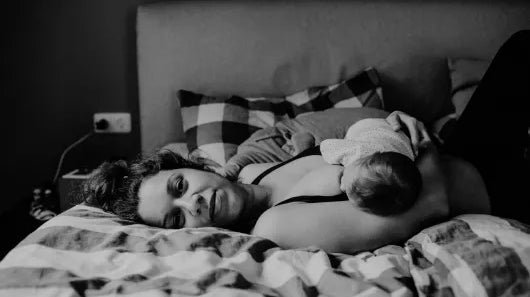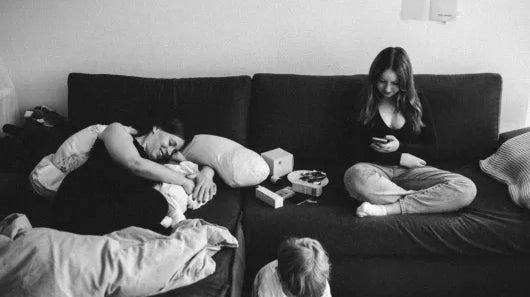"A delivery room is not a catwalk," my midwife's voice still rings in my ears today, even though my last birth was a while ago. And I wouldn't be the founder of the weeks if I didn't agree 100% that no woman should feel compelled to appear at the birthing place freshly styled and neatly dressed. Nevertheless, I remember asking myself exactly what women actually wear during childbirth? The lack of realistic photographs of births in the media didn't really help: I actually only knew women who were in hospital gowns and lying on their backs with their children pressed towards the spotlight.
clothing issues
The scientist in me is quite stubborn and didn't give up until I started a - of course not at all representative - survey among my friends. And it revealed the following clothing variations, in descending order of the amount of clothing:
- Jogging pants/leggings and top/T-shirt, cardigan
- Long cotton T-shirt (dress)
- Nightgown with buttons
- Hospital gown
- Bra only
- Nothing
In the water you are more likely to be naked
OK, wow, the range was definitely bigger than I expected. But of course, births are very different and the mode sometimes dictates the dress code: women who breathe through contractions in the bathtub or even complete the last phase of birth in the water tend to wear less than women who don't leave the mattress. In the birthing tub, some women are naked and others would like to have something over their breasts - a top, a bra or sometimes just a wet towel.
Women who receive an epidural also have to change clothes. In these cases, the hospital gown is usually compulsory because it has one crucial advantage: it is open at the back. This is certainly not always the case everywhere, but in the vast majority of cases, the decision to have an epidural also clarifies the question of clothing.

Do you want to know how people feel after giving birth?
Find out completely free of charge in our postpartum app. And not only that: you get a whole tutorial on preparing for the postpartum period with expert tips on physical changes after birth, mental health, breastfeeding, relationships and more.
The main thing is that you feel good
And what about all the other women who don't want to give birth in water or with spinal anesthesia? They can actually wear whatever they want. And that often varies a lot depending on the phase of the birth.
During the opening phase, which can last a really long time, many women still wear their "normal" comfortable clothes: leggings and top, sweatpants and shirt, a long dress, maybe a cardigan over it and warm socks. Warm socks? They are popular because contractions like warm feet. When the baby slowly passes into the pelvis, i.e. when you have reached the latent phase, the woman in labor usually needs more freedom of movement and the first items of clothing fly off: annoying cardigans, pants that are too tight, jewelry, socks: everything has to go. And during the passing phase (also known as the expulsion phase), women not only want to get closer to the floor ( see our article on birthing positions here), but also naturally want to get rid of their lower clothing. This sometimes happens beforehand, but by now almost all women are naked down below.
This can be more comfortable for some women in a dress because they only have to take off their underwear and push up the dress. Other women would rather not push anything at all and are happy that everything is free from the hips down. At some point during the birth process, most people don't really care who sees how much of them, to be honest.
And what about the buttons? Buttoned clothing is of little importance during the birth itself, but can be exciting afterwards: a buttoned shirt can be opened quickly and the baby can lie on your bare skin. But skin-to-skin contact is of course also possible without buttons - by simply taking your clothes off. Your birth, your choice!
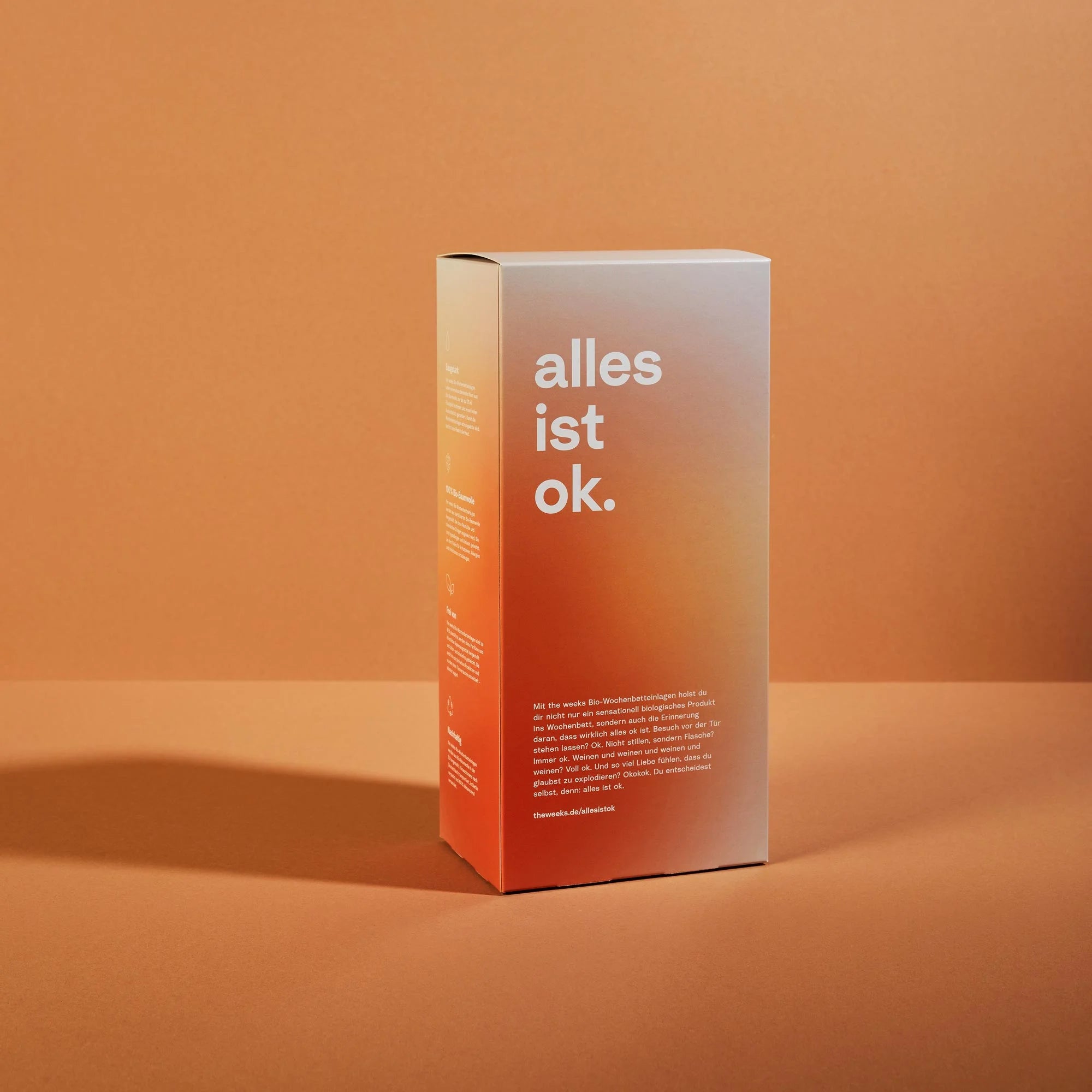
More preparation for the postpartum period?
the weeks makes products for the real postpartum period and accompanies you through the first period after birth with expert knowledge and a lot of love. We have received feedback from thousands of postpartum patients in recent years and have learned one thing above all: prepare for your weeks after birth and listen to your gut feeling. the weeks is really happy to be at your side. <3
Postpartum app
The weeks postpartum app is your resource for the postpartum period. With a tutorial on preparation, daily information after the birth, contraction and breastfeeding trackers and practical checklists, we support you through the first period after the birth.

